Sigma 14-24mm f/2.8 ART Review
Dustin Abbott
April 30th, 2018
In the 12 months Sigma has released two ART series lenses with very similar focal lengths but different purposes. Last year Sigma released the 12-24mm f/4 ART lens, which I reviewed here. This year Sigma followed up with the Sigma 14-24mm f/2.8 DG HSM ART lens. Casual observers might wonder at the need of both these lenses, but part of what I’ll cover in this review is why these lenses are really for two different kinds of photographers. Nikon has dominated this focal length for years with what has been the gold standard for wide angle zooms – the Nikkor 14-24mm f/2.8 G lens. If there was any Nikon lens that gave Canon shooters envy, it was this one. Envy no more, Canon shooters, as the new Sigma 14-24 ART manages to deliver better optical performance at a much cheaper price…and comes with a very unique trick up its sleeve. Read on to find out what it is.
Prefer to watch your reviews? Check out my thorough, real world video review of the 14-24 ART here:
Check me out on: Google+: | Facebook: | Twitter: | Flickr: | 500px: | Sign Up for My Newsletter :
I’m accustomed to getting press releases on new Sigma products well in advance of the public (which always makes it interesting to see people speculate and draw wrong conclusions while you bite your tongue!). As I perused the press release on the Sigma 14-24 ART, however, something jumped out at me. It was this, “The Nikon mount features brand new electromagnetic diaphragm, whereas the Canon mount is compatible with the Canon Lens Aberration Correction function.” I was immediately intrigued, as Canon has been notorious for favoring their own lenses by not allowing in camera corrections for any third-party lenses. Did Sigma crack the code, or did they enter an agreement with Canon? I still haven’t gotten an answer to that, but I can tell you first hand that the Sigma 14-24 ART is in fact compatible with everything in the Lens Aberration tab save “Digital Lens Optimizer”.
And it definitely makes a huge difference in your JPEG files. JPEGs are beautifully corrected for distortion, vignette, and CA (not that I saw any that needed correction) and deliver a beautifully even illumination across the frame. Here’s a look at a test shot without the correction and then with the correction enabled.
They look great, and I was reminded of how much Canon has done to tilt the playing field in favor of Canon lenses in the past. However Sigma has managed to level that playing field, I’m delighted by it. In the past I’ve often had to disable all of the Digital Lens Optimizer settings when using third party lenses because it actually would cause weird problems with the images. That meant that sometimes Lens Optimizations would be inadvertently disabled when I was using Canon lenses. The fact that the Sigma 14-24mm f/2.8 ART is fully supported by this technology is a huge asset for this lens. The rumor on the street is that future firmware updates for other ART lenses will enable support for them as well…which would be fantastic!
If you are a JPEG shooter (in particular), this is a huge bonus for you. RAW shooters are less impacted, as lens correction for RAW files is done through import profiles in post rather than in-camera. Though I’m a RAW shooter, I do record in dual format (one to the SD slot, the other the CF slot in my 5D Mark IV), so I would prefer my JPEG files to look as good as possible if I’m delivering them directly to clients. I’m delighted about this development for a number of reasons, not the least of which is that I think Canon relaxing its stance on this issue could increase its competitiveness with Sony, which tends to be much more “open-source” with third-party lenses.
Sigma 14-24 ART Build Quality
The 14-24mm ART is another beautifully built albeit very large lens from Sigma. Sigma seems to have decided that compact and light aren’t a priority for shooters (though I do beg to differ on that point). In this case, however, I doubt that it would have been possible to develop this lens (with this kind of performance) any other way. The chief competitors are the Tamron 15-30mm f/2.8 VC, which is physically a bit larger and just slightly lighter (50g), while the Nikkor 14-24mm f/2.8G lens only minutely smaller and lighter (150g). The 14-24 ART is 3.8” (96.4mm) in diameter and 5.32” (135.1mm) in length. As noted, that’s actually a half inch shorter than the Tamron 15-30 (which I’ve owned for several years), but Sigma managed to once again produce the heaviest lens in the class at 40.57 oz (1150g). It’s a hefty thing, to be sure.
This particular zoom range is not particularly great (less than 2x), but it covers a essentially all the key focal lengths for landscape work, and is a nice compliment to a 24-70mm lens. Here’s a look at the wide end of the focal range compared to the “telephoto” end:
Watch this video to get a close, hand’s on look at the build and design of the 14-24 ART.
When you take it out of its square padded case (thanks for that, Sigma!!), the “look” of the lens is instantly familiar to someone like myself who has reviewed a number of Sigma ART wide angle lenses in the last couple of years. Essentially all of the recent Sigma ART lenses with fixed lens hoods (12-24mm, 14mm f/1.8, etc…) have employed the wide flare at the front of the lens with the focus ring on what looks to be the lens hood (it’s not, actually). you will quickly note that the lens is so wide (particularly towards the front) as to seem almost square. The plus in this application is that you should never grab the wrong ring inadvertently, as they are in very different locations. The zoom ring is a bit narrower and occupies the “normal” spot on the lens barrel.
The focus ring feels about like you’d expect, with decent but not exceptional feel (the hard stops at minimum and infinity have that slightly disconnected feel typical of many autofocus lenses). There is about 150 degrees of focus travel. The zoom ring moves smoothly with a weight just slightly on the firmer side. The front element does move forward as the lens is focused towards the wide end of the focal range, but always with the confines of the lens barrel (the lens never changes length during focus or zooming).
There are those of you who might be interested in using a lens like this in an underwater housing or in a virtual reality configuration and are concerned about the integrated front hood. Sigma will be offering a Front Conversion Service for the lens that reconfigures the front housing and eliminates that fixed hood. You also get a new, custom front cap as a part of that service. You can read more here:
I’m presuming that this lens (like almost all recent Sigma lenses) is also eligible for Sigma’s mount conversion service if you change camera systems. It is compatible with the Sigma USB dock for updating firmware and programming focus tweaks at different focal lengths and focus distances. It is also compatible with Sigma’s MC-11 mount converter to use on Sony mirrorless cameras.
On that note, I had a brief window in which to compare the lens with some Sony mount lenses that I only had on hand for one more day after the Sigma arrived. While shooting some comparisons, I noted that I get inconsistent metering results with the MC-11, which I knew what not at all typical for Sigma lenses and the MC-11. I immediately wondered if either the lens or the MC-11 needed a firmware update. While there was no firmware update for the lens at the time of this review, there was a firmware update for the MC-11 that was specifically targeted at eliminating this issue.
It worked, and the performance of the 14-24 ART on my Sony a7R3 is much improved. There will be an FE mount version of this lens available in the future, but for those of us who shoot two systems that MC-11 option and Canon EF mount lenses is a nice combination. I did notice one lingering quirk: the aperture would sometimes reset when the camera was powered down to f/8. I would often have to set my desired aperture every time, even if was the same aperture that I had previously been shooting with. I also got an occasional blackout in the viewfinder for a split second that seemed to be related to the aperture closing and opening. Sigma may need a secondary firmware update on either the MC-11 or the lens itself to finish the job. There was nothing that was a “deal breaker” here, though; more of a mild annoyance.
The lens feels very well made with the typical Sigma blend of a lightweight and durable thermally-stable composite (engineered plastic) over a metal frame. The lens mount is made from brass. The lens feels just as good (if not better) than premium Canon and Nikon lenses, and I prefer the build and design to the Tamron 15-30mm f/2.8 VC that I’ve used for the past three years.
Sigma seems to be figuring out how to do weather sealing better, and both the sealing and Sigma’s confidence in that sealing as shown by the language they use to describe it seems much improved. On the 12-24mm f/4 ART, they spoke only about the mount having dust and splash-proof construction. On the 14-24 ART they say, “Dust and splash-proof construction with weather sealing”. No mention of just the mount; now the weather sealing encompasses the lens itself. In fact, the overview on Sigma’s website says this, “Outdoor shooters will appreciate the dust- and splash-proof construction with special sealing at the mount connection, manual focus ring, zoom ring, and cover connection.” There are three more sealing points specifically mentioned. While I’m only evaluating the exterior of the lens, I can attest that even the gasket at the lens mount felt more substantial than previous Sigma lenses, and I could tell that the weather sealing was more complete on the 14-24 ART.
There is only one switch on the lens barrel, and that is a simple on/off switch for the AF (though full time manual override is available with Sigma’s HSM focus motor). There is also a distance window to help with manual or prefocus.
The lens feels heavy, substantial, and well made – definitely professional grade. It is a slight bit front heavy on my Canon 5D Mark IV that I used as the primary test body, but not bad. The balance is obviously a little poorer if you move over a Sony body and the MC-11 (and this will be true of the FE version of the lens when it arrives, too).
Sigma 14-24 ART Focus Observations
In times past autofocus has been a sore point for me with Sigma lenses. While I’ve rarely had issues with focus speed from their HSM (Hypersonic Motor) motors, I have had issues with focus accuracy and consistency. Fortunately things have improved on that front with recent lenses, and my focus accuracy has been improving. A lens like this one (very wide focal range and only moderately large maximum aperture) puts a lot less stress on a focus system, as depth of field for most shots will be pretty large. At 24mm, f/2.8, and a distance of only 6 feet from camera to subject, depth of field is already 3 ½ feet (around a meter). If you are using the 14mm end of the focal range in that same scenario, depth of field jumps to over 24 feet! My point is that nailing focus isn’t particularly hard for a lens like this, and, accordingly, I really didn’t have any issues with focus on the 14-24 ART.
As mentioned, the lens is compatible with the Sigma USB dock, and, if I were to purchase this lens, I would certainly calibrate the focus further, but for the nature of my review period I felt no need. I was happy with the focus accuracy of my test shots right out of the box.
When using the MC-11 adapter, focus accuracy is even better on Sony bodies. Proprietary technologies like Eye AF and DMF work fine, though, unlike the Metabones Fifth Generation adapter that I reviewed here, the MC-11 doesn’t seem to enable automatic zooming of the image when using DMF, though if I turn the switch on the lens barrel to MF, it will automatically zoom when I start turning the focus ring.
While focus accuracy was excellent, focus speed and “confidence” wasn’t perfect. The lens was much more prone to pulsing via the adapter, and thus it would take longer to settle on a focus area. I found this was improved by selecting a “FlexiPoint” (smaller focus area) so that the focus system had fewer options to choose from. I noted just a little more focus noise that many native lenses (a small sound of elements shuffling), which is no doubt due the fact that the HSM focus motor wasn’t really designed for mirrorless. Native mirrorless lenses typically employ some kind of stepping motor instead.
Back on Canon EF, I did test focusing with outer points (particularly because Bryan Carnathan had reported some focus issues with the lens), but I didn’t see anything that concerned me. I seemed to get reliable focus results, and when going through my catalog of real world photos, I didn’t see any focus mishaps. But Bryan is a great reviewer, so know that the risk is there even if I didn’t personally experience it. I can only report on what I saw, however, so it’s a positive picture in my mind on the autofocus front. I have nothing negative to report here.
Sigma 14-24mm ART Image Quality
I had an opportunity to do some comparisons of the 14-24 ART with 3 other lenses – the Tamron 15-30mm f/2.8 VC on Canon EF (perhaps the most natural competition there), and then with the Zeiss Batis 18mm f/2.8 and Laowa 15mm f/2 Zero D lens on Sony (I also through the Tamron into the mix there). I also used the lens extensively while researching and shooting for an article on the amazing Fairmont Chateau Laurier in Ottawa (Ottawa’s Castle), which I detailed in this article here: That gave me a great opportunity to evaluate the lens for both architectural and interior work along with landscape shooting.
I got a lot of amazing pictures as a part of this review cycle. You can get a thorough breakdown of the image quality performance in this video:
Resolution Tests
I tested the resolution of the 14-24 ART at two different focus distances. I did the brick wall test at close focus distances, and then more of a landscape test at infinity. The former test gives me an opportunity to evaluate things like distortion, contrast, chromatic aberration, and resolution in a controlled fashion. The latter allowed me to evaluate how the lens resolves at infinity and how it handles the higher dynamic range of the lighting in real world scenarios.
I will note here that what I covered in reference to the in-camera lens corrections on Canon made a huge difference in the brick wall test. I looked at the JPEGs (corrected) as compared to the uncorrected RAW files, and was pretty surprised by just how well corrected and optimized the images were. The lens exhibits very low levels of chromatic aberration anyway, and thus contrast is already exceptional, but what really stood out to me was how uniformly illuminated the whole frame was. Vignette was, to my eye, perfectly corrected.
I’ll circle back to distortion a bit more in a moment, but I did want to note that sometimes I test wide angle lenses that exhibit enough field curvature that at close focus I can’t really get the edges and center of the image circle in focus at the same time. Image quality on the edges takes a hit not because the lenses isn’t sharp there, but rather because the edges aren’t actually perfectly in focus. There is no such issue here. Distortion is well enough controlled that the focal plane is nice and flat, with even sharpness across the frame. I took this shot through a window, for example, and so shot at f/2.8 to make sure that nothing on the window (specks or dirt) showed on the image. Look at the crop of the detail from the lower left corner.
And that is really what stood out to me. At all tested focal lengths (14mm, 18mm, 20mm, 24mm), sharpness and contrast across the frame was really exceptional. I made a comment in the video review that it almost felt like this lens was engineered for a large image circle than the 35mm full frame image circle. It was like testing a full frame lens on APS-C, in that there was so little image degradation at the extreme edges of the frame. That may be a slight exaggeration, but I’m definitely accustomed to seeing weaker corner performance than what I saw on the 14-24 ART, and real world images are beautifully detailed.
Here’s a look at each of these focal lengths, wide open, with the center and edge performance compared at close focus distances (an area that can be tough on wide angle lenses). All tests are done on a Canon 5D Mark IV mounted on a tripod, mirror lockup, with a 2 second delay.
At 14mm:
The 14mm center of the frame is excellent, with low levels of CA enabling excellent contrast, and high resolution meaning that fine details are crisply rendered. There is some marked barrel distortion at close focus distances (more on this in a moment), so there is some field curvature to contend with at this close focus distance, and there is also some obvious vignette wide open. Despite this the absolute corners still look quite good, though perhaps not as good as they look at infinity.
At 18mm:
The 18mm center performance is flawless. Crisp, detailed, and not marred by any defect that I can see. Vignette is milder than 14mm, which keeps textures in the corners from getting muddied. You can tell that in the extreme corners resolution isn’t quite as high as the perfect center, but it is at a very high level.
At 20mm:
The 20mm center performance is once again essentially flawless. Excellent levels of contrast, very crisp resolution, and no detectable levels of CA. Vignette is probably the mildest here of any focal length, with the corners not much more than a stop darker wide open. While resolution isn’t quite at the exceptional level of the center, it is at a very, very good level, and consistently so all around the image frame.
At 24mm:
The center continues to be remarkably crisp, with excellent contrast and no detectable levels of CA. The corners are held back somewhat by vignette, though it’s more mild than at wider focal lengths. Resolution isn’t as strong at the edge, but it is still very good. There is no moment near the edge where resolution suddenly fails, bur rather a very slight softening.
Stopping the lens down has little effect in the center of the frame, as there aren’t really any image quality gains to be reached. You would be hard pressed to find any improvement in this f/2.8 vs f/5.6 example at 14mm:
An advantage can see on the edges, however, where both the lift of vignette along with a minor uptick on resolution can be seen, leaving the edges now in the excellent level.
Infinity Tests
The 14-24 ART is a bit interesting in that Sigma claims a near zero degree of distortion…at infinity. At close distances (and 14mm), the barrel distortion is actually very pronounced. You can see here both the uncorrected RAW file and also the JPEG that has received in camera corrections.
The latter is better but still not perfect. Distortion levels at other focal lengths are much more moderate, but at close to medium focus distances the 14-24 ART lags behind the 12-24mm f/4 ART, which may be the preferred lens for those that shoot architecture and/or interiors for that reason (see more in the section below).
Having low distortion levels at close focus distances is definitely more important to my mind than at infinity, so while the 14-24 ART is far from the worst offender I’ve seen in terms of distortion, I also view the “zero distortion at infinity” claim to be more marketing hyperbole than anything.
I bring this up at this juncture to point out that my infinity results look even stronger due to the fact that distortion (and thus field curvature) doesn’t have a negative impact on image quality on the edges anymore, and thus edge performance is actually very, very strong. I’ve chosen to view corrected images for this segment, as whether you shoot JPEGs or run the RAW files through your editing software of choice, this is almost certainly the outcome that you are going to see.
If you look at the wide open example here, you will find that sharpness is nearly perfect across the frame. Edge performance is excellent at infinity; as good as what I’ve ever seen.
In fact, when I compared the stopped down performance at f/5.6, I saw only the slightest improvement on the edges as they were already excellent.
If anything, performance at 18mm is even stronger, with near perfect levels of sharpness across the frame:
When stopping down to f/5.6 the improvement even on the edges is very, very mild. Things were already near perfect.
20mm is a little harder to report on. Resolution levels across the frame are still excellent, but they are ever-so-slightly inferior to 18mm. It seems petty to say anything negative, as they are exceptional, but I did detect a little less wide-open contrast and resolution:
As a byproduct, I did see a little more improvement than has been typical when stopping down to f/5.6. The contrast, in particular, stands out a little bit more.
At 24mm the same truth remains, though to a slightly lesser degree. I think the overall IQ is stronger than 20mm, but not quite at the levels of the 18mm focal length.
Stopping down makes only a very mild improvement, which tells me that the lens may not be capable of reaching the stratospheric levels it reached at 18mm even when stopped down.
At the same, however, this is one of the strongest performances I’ve ever seen across the focal range of a zoom lens. It truly is excellent at any focal length and any aperture value. Very, very impressive.
Compared to the Tamron 15-30mm f/2.8 VC
I would recommend that you watch the image quality video for a more thorough examination, as time does not permit me to fully explore those results here.
Essentially you could sum up my findings by saying that the Tamron is roughly as good as the Sigma in the center of the frame, but the Sigma easily leaves the Tamron behind along the edges. This was true at all tested focal lengths to varying degrees. The Tamron has excellent center sharpness and contrast, but the edge performance looks fairly soft by comparison, as seen in this 18mm comparison:
A few other observations were that the Tamron rendered a little cooler than the Sigma. The Tamron also showed more lateral chromatic aberrations than the Sigma. The Tamron does have the advantage of having VC (Image Stabilization), but I think if I were choosing between the two right now, I would probably choose the Sigma. It is delivering really excellent results.
Compared to the Zeiss Batis 18mm f/2.8 and Laowa 15mm f/2 Zero D (on Sony FE)
I would recommend that you watch this follow-up video where I highlight the performance of all these lenses (and the Tamron) on Sony FE. I used the Sigma MC-11 for both the Sigma and Tamron. Some have asserted that using adapters erodes edge performance, but if that is the case, you won’t know it from these comparisons!
First up is the Laowa 15mm f/2 Zero D lens, which isn’t quite as wide but has a wider maximum aperture. It’s claim to “zero distortion” bears out at closer focus distances, where it definitely has notable advantage barrel distortion. It also has much higher vignette, however, and has a little more lateral chromatic aberration.
In the center of the frame there is little to distinguish the lenses save color, of which the Laowa is considerably warmer.
At the edge of the frame the Sigma has a definite advantage at the f/2.8 comparison, which belies the conventional wisdom that adapters erode edge performance, as this is a very wide lens. I also noted that the 14mm Sigma focal length is definitely a good bit wider on both sides of the frame than the 15mm prime lens, which speaks to the Sigma being close to a true 14mm.
With both lenses stopped down to f/5.6 there is little difference to be seen at either center or on the edge other than a slight advantage in contrast to the Sigma due to not having the lateral CA issue.
The 14-24 ART has taken on its first challenger and came out looking pretty good!
Next, I compared the 14-24 ART to the outstanding Zeiss Batis 18mm f/2.8. I found that it delivered the sharpest center of the frame performance I’ve seen in a recent review, but I also found that the Sigma is strongest at 18mm. One area Sigma cannot compete (few can) with Zeiss is in color rendition, which was just that extra bit of special in these comparisons.
There was little difference between the two lenses in the center of the frame, but once again the Sigma had a definite edge at the extreme edges of the frame (despite the adapter “disadvantage”).
Stopping down the lens delivers a fairly similar result, with the Sigma giving a slightly better edge performance but with actually higher levels of microcontrast.
All in all, this is a pretty impressive performance, as the Zeiss is an excellent lens, and the Sigma is being used on a non-native system. I don’t know that I’ve seen a stronger performance from any wide angle lens.
I did note that the combination in general shooting delivered excellent, crisp results. I noted that the autofocus would pulse a little bit, but focus accuracy was excellent and the image themselves look fantastic. This is a definitely a great combination optically.
Coma, Flare Resistance, Vignette, and Bokeh
I’ve rarely walked away from a Sigma review where I felt overly impressed with the coma performance, and while I’m not about to say that this is the best lens for astrophotography I’ve ever seen, the picture is better than typical. The best lens that I’ve used for astrophotography (night sky) is the Samyang/Rokinon XP 14mm f/2.4 lens due to the excellent comatic aberration control. While the Sigma isn’t as good at that lens, the amount of comatic distortion is fairly low. There’s a bit of a bulge in star points on the edge of the frame, but they don’t start to “grow wings”, and I felt the look was fairly non-offensive.
Most of all I felt that there was a definite improvement over previous Sigma options. I wouldn’t hesitate to use this lens for astro work, as the high resolution of the lens makes for impressively crisp results like this:
The lens also earns excellent marks for its amount of flare resistance. I found minimal ghosting and veiling at both ends of the focal range. Here’s a look at 14mm and 24mm wide open:
When stopping the lens down to f/11, the flare resistance continued to hold up nicely. No nasty ghosting artifacts appeared. Note the nice-looking sunburst effect with the lens stopped down.
This is another area where it trumps the performance of the Tamron 15-30 VC, as this is a bit of a sore spot with it (particularly with side lighting).
I’ve dealt with vignette somewhat in the resolution section, but it certainly does exist, particularly at 14mm. Fortunately the profile corrections mean that JPEGs (on Canon cameras) will automatically correct for this on JPEGs, and it is an easy fix in post for RAW files. Here’s a look at uncorrected/corrected RAW results:
Bokeh quality on wide angle lens is not nearly as important as on telephoto lenses, but the 14-24 ART does have a useful magnification figure of 0.19x, which means that you can focus down quite closely and throw a background reasonably out of focus. Bokeh quality isn’t bad in a number of situations, though neither does it stand out as exceptional:
What is excellent, however, is that resolution and contrast remains excellent even at close focus distances:
I was pleased with the image quality out of the 14-24 ART. It’s an amazingly sharp lens, and a very versatile wide option for a wide variety of subjects.
You can see many more photos in the image gallery here, and can also read my article about covering the amazing Fairmont Chateau Laurier in Ottawa, Canada using this lens here.
What About the 12-24mm f/4 ART?
Some may question Sigma releasing two lenses with such a serious focal length overlap, although it isn’t unusual for first party lens makes to have both f/2.8 and f/4 variants of their major zoom lenses. I see these two lenses as having two different audiences, however. The 12-24 ART (which I reviewed here) has two primary selling points compared to the 14-24 ART. The first is lower distortion where it matters (at close to medium focus distances). I was very surprised when I reviewed that lens and compared it to the Laowa 12mm f/2.8 Zero D (distortion) lens, which does have next to no barrel distortion, and discovered that the Sigma was very close to matching the performance of the Laowa.
The second advantage is a significantly wider focal length. The 2mm between 12mm and 14mm may not seem significant, but in practice it is a big difference. The combination of these two elements makes the 12-24 f/4 lens, in my mind, the preferred lens for shooting interiors or architecture. If you are a real-estate photographer, for example, the Sigma 12-24 ART lens is an excellent option for giving you different framing options and the ability to add space to your interior photos.
Ironically 12mm is not often a very good focal length for landscape shooting. It’s simply too wide, and unless you are working with the perfect scene you will be left with quite an empty, lifeless shot. You have the rest of the zoom range, of course, but my point is for landscape, photojournalists, wedding and event shooters, etc…the 14mm of 14-24 ART is plenty wide.
The 14-24 ART is the more versatile lens for shooting events and in places like churches due to having the twice as wide maximum aperture of f/2.8. It will function as a better low light lens both in light gathering and focus, and I shot a lot with it in dark conditions with quick, accurate focus results. Also desirable for landscape shooters is the more robust grade of weather sealing, which makes it a more willing companion for shooting in the diverse conditions that true landscape photographers often find themselves in.
So, if you are a real estate photographer, or shoot a lot of interiors where space can be tight, the 12-24mm f/4 ART is a great choice due to the wide focal length and low levels of distortion. If you are a landscape photographer, travel photographer, or an event shooter, the 14-24 ART is probably the lens for you.
Conclusion
I’m very impressed with the Sigma 14-24mm f/2.8 HSM ART lens. I feel like Sigma has done a great job of creating a very versatile lens that checks essentially all the boxes that one could ask for. It’s a big lens, yes, but no more so than its direct competitors. It undercuts the primary competitors from Nikon and Canon in price while offering great weather sealing, amazing sharpness, and quality focus. I’m very tempted by this lens myself, as it shined in the various situations I put it in during the course of my review. The 14-24 ART’s list of flaws is a very short one, and Sigma should be commended for continuing to grow as a lens maker and refining their craft. This may be the most complete lens I’ve seen from Sigma yet, and for that it receives high marks from me.
Pros
- Excellent build with vastly improved weather sealing
- Fantastic sharpness across the frame and focal length
- Very well controlled chromatic aberrations
- Strong flare resistance
- Quality autofocus
- Excellent contrast
- Good color rendition
Cons
- Big and heavy
- A little more barrel distortion than expected at close to medium focus distances
Gear Used:
Purchase the Sigma 14-24mm f/2.8 ART @ B&H Photo | Amazon | Amazon Canada | Amazon UK | Ebay
Canon EOS 5D Mark IV (5D4): B&H Photo | Amazon.com | Amazon Canada | Amazon UK
Sony a7R III Camera: B&H Photo | Amazon | Amazon.ca | Amazon UK | Ebay
Sigma MC-11 Adapter: B&H Photo | Amazon | Amazon Canada | Amazon UK
Peak Design Slide Lite: Peak Design Store | B&H Photo | Amazon | Amazon Canada | Amazon UK
BenQ SW271 4K Photo Editing Monitor – B&H Photo | Amazon | Amazon.ca | Amazon UK
Adobe Photoshop Creative Cloud 1-Year Subscription
Alien Skin Exposure X2 (Use Code “dustinabbott” to get 10% anything and everything)
Purchasing your gear through B&H and these links helps fund this website and keeps the articles coming. You can also make a donation here if you would like. Visit my Amazon page for some of my gear of choice! Thank you for your support.
Great News! I can now offer a 5% discount on all purchases at Amplis Foto, Canada’s Leading Photographic Supplier. Please enter discount code: AMPLIS52018DA in your cart. It is good for everything in your cart, and is stackable with other coupons, too! It will take 5% off your entire order! Proceeds go towards keeping this site going and providing you with new reviews!
Check me out on:
My Patreon: | Google+: | Facebook: | Twitter: | Flickr: | 500px: | Sign Up for My Newsletter :



Keywords: Sigma 14-24mm, f/2.8, f2.8, 2.8, 14-24, 14-24mm, ART, Sigma, Sigma 14-24 ART, Sigma 14-24 ART Review, Sigma 14-24 2.8, Review, Dustin Abbott, Sigma 14-24 Review, Sigma 14-24mm f/2.8 ART, Sigma 14-24mm f/2.8 ART Review, Resolution, Contrast, Distortion, Sigma MC-11, Canon 5D Mark IV, Sony a7R3, Autofocus, Nikon 14-24mm, Nikon 14-24, Tamron 15-30, Tamron 15-30mm f/2.8, 2018, 1424ART
DISCLAIMER: This article and description contains affiliate links, which means that if you click on one of the product links, I’ll receive a small commission. As an Amazon Associate I earn from qualifying purchases.










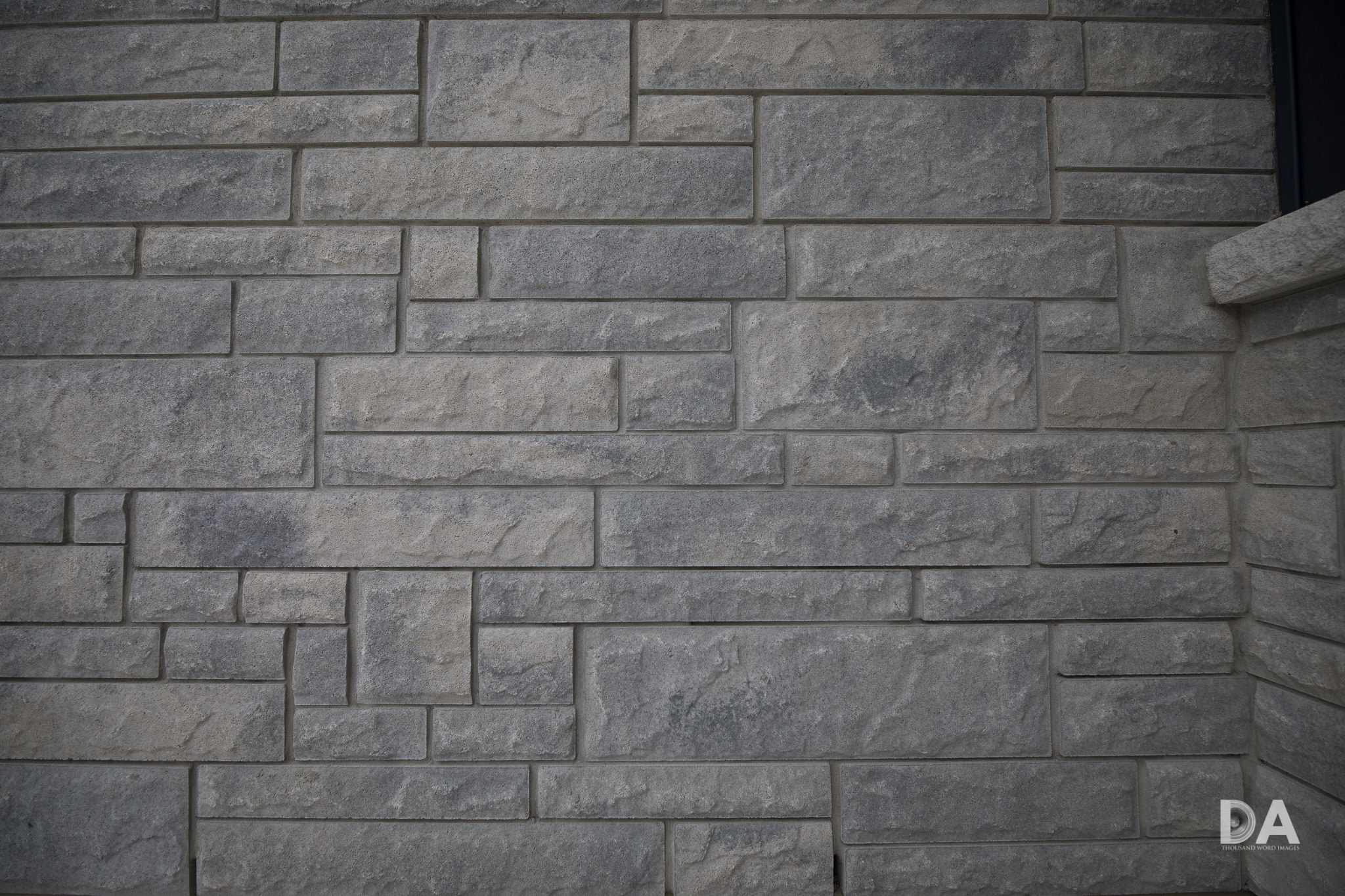
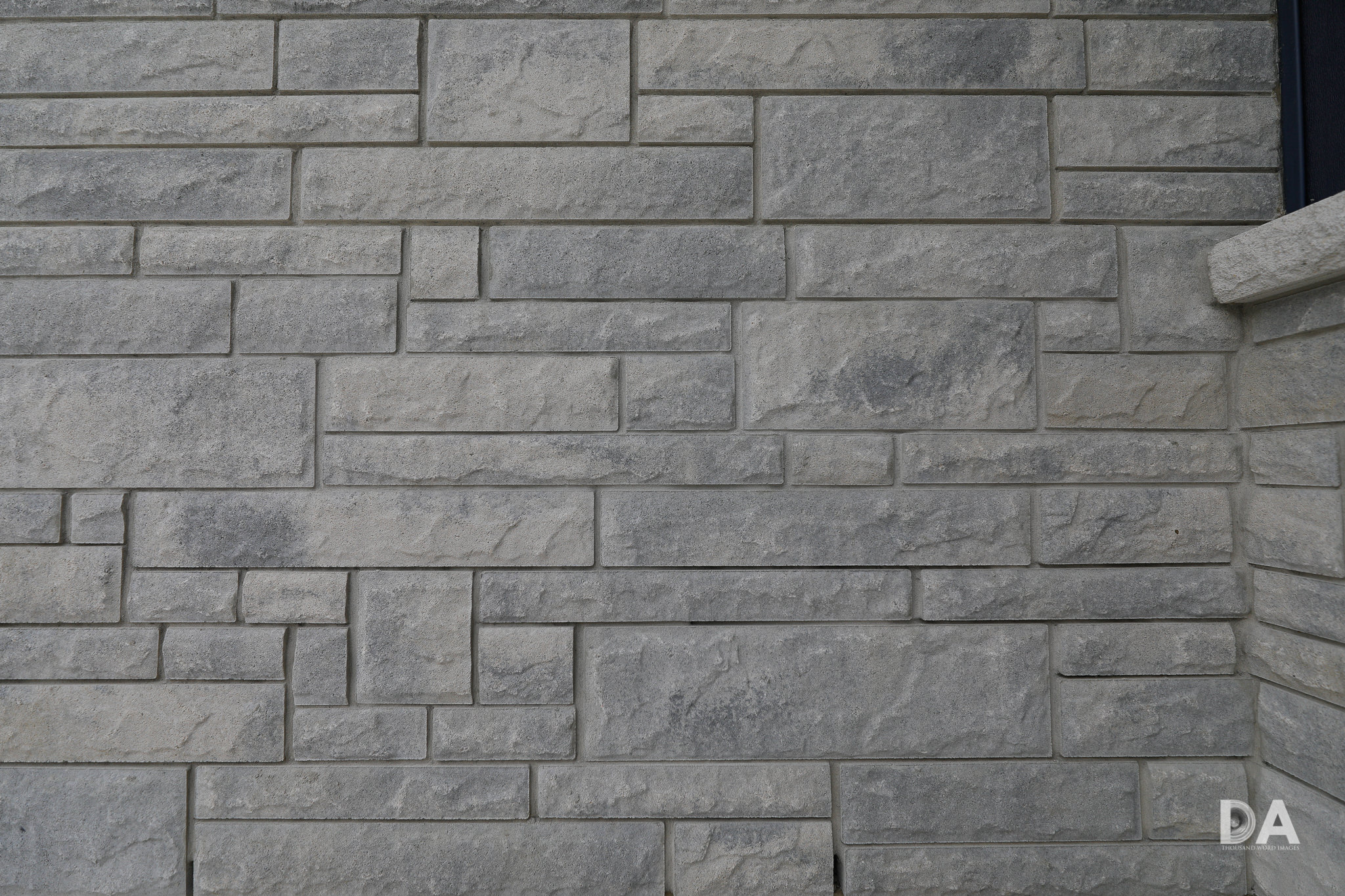
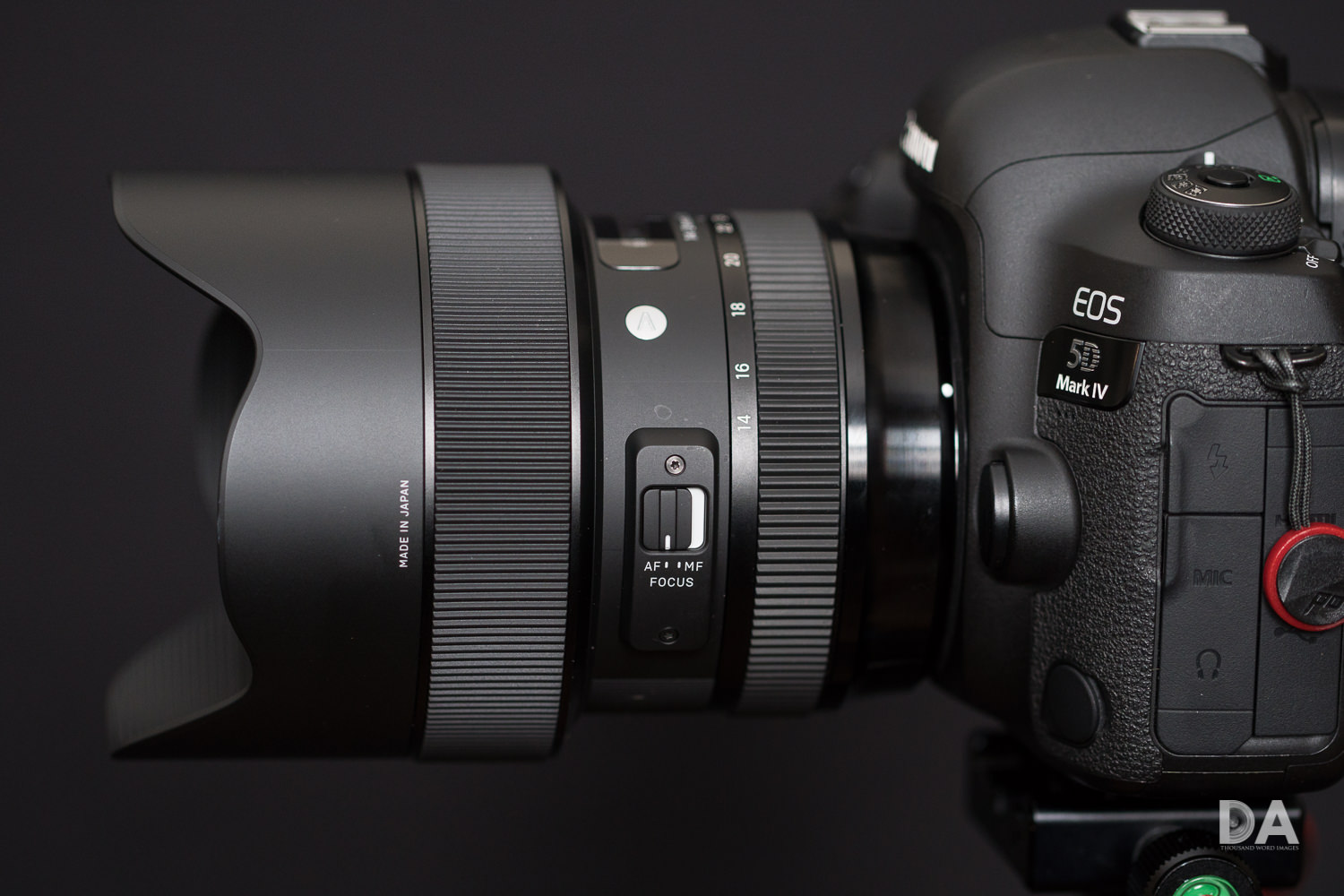



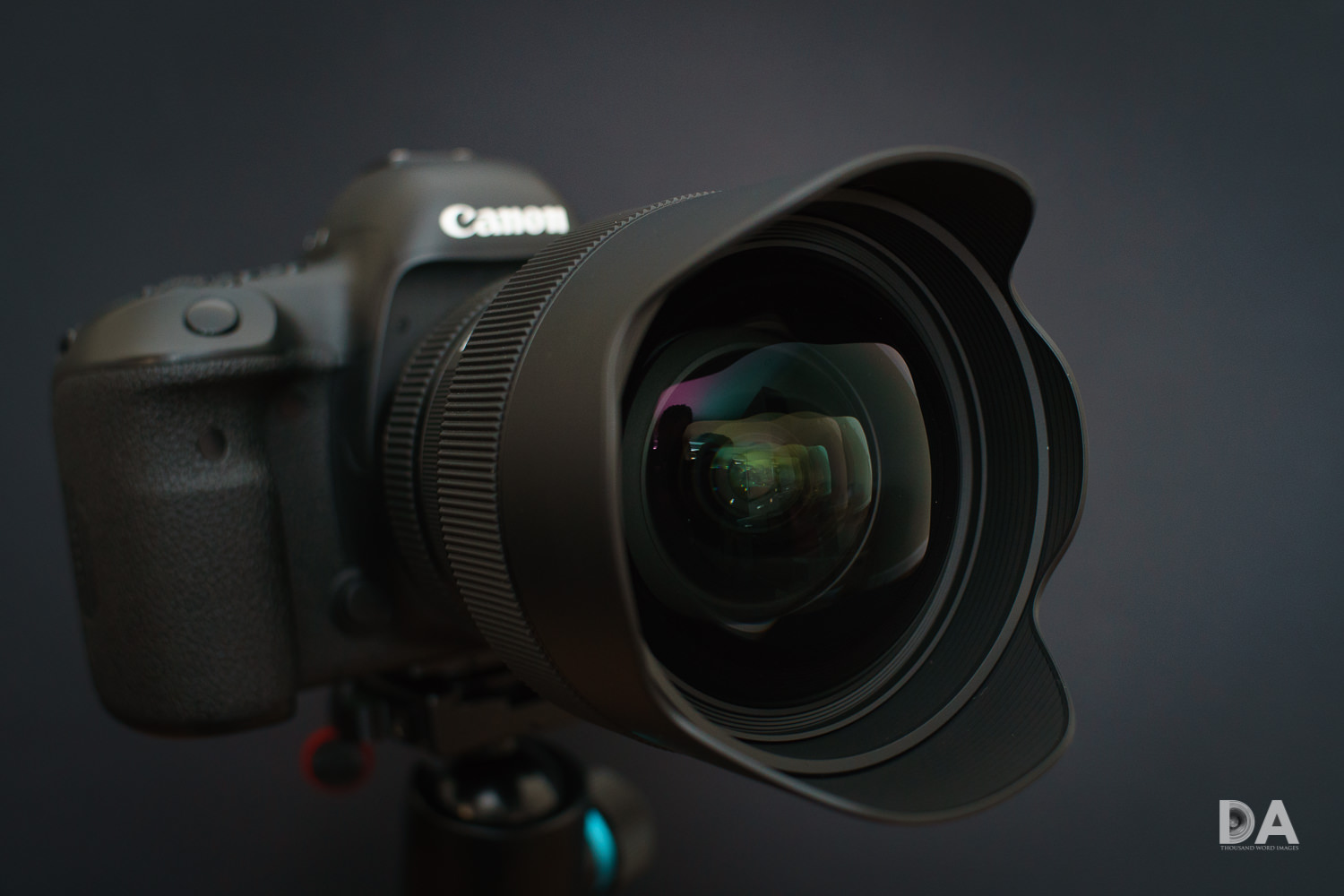
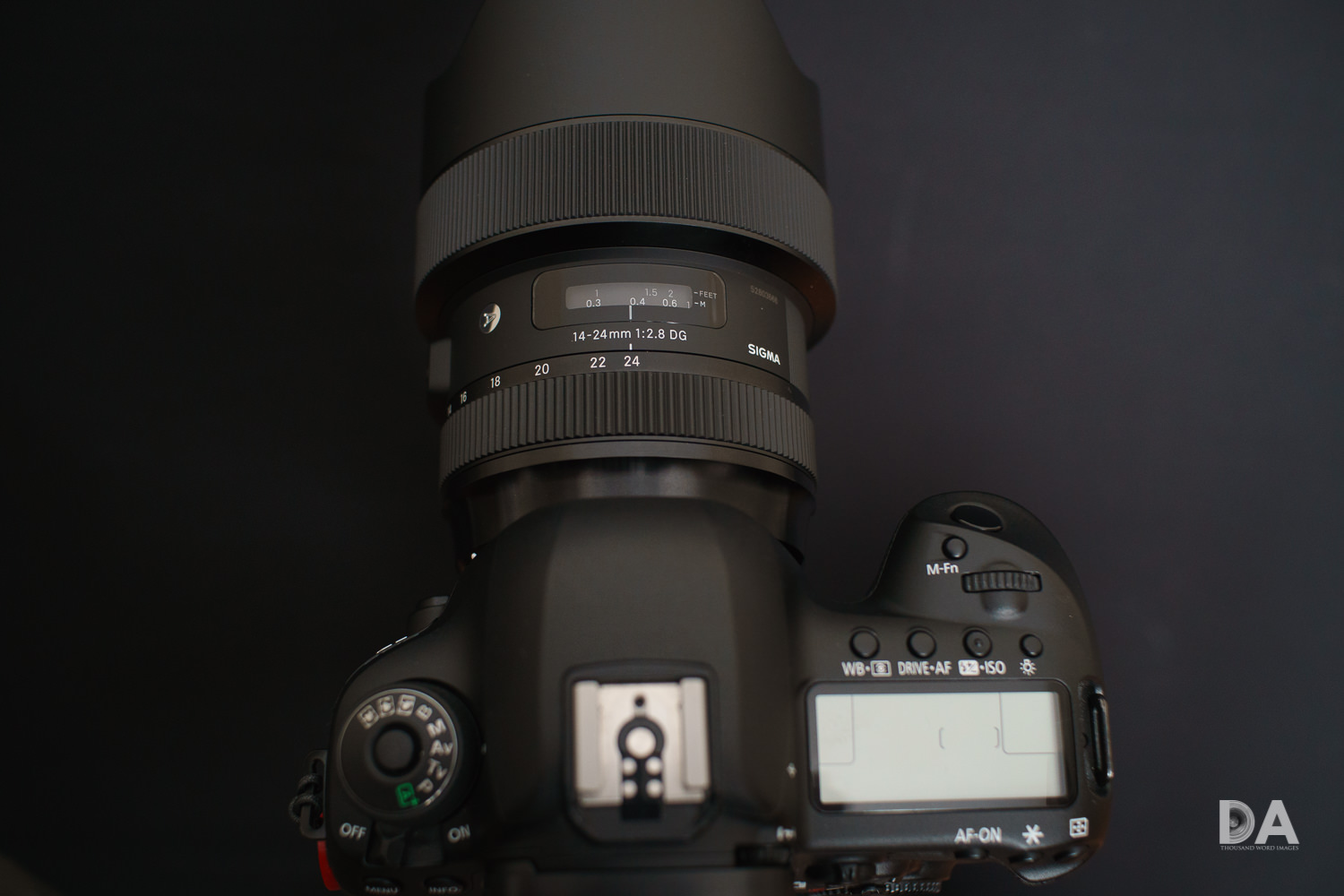



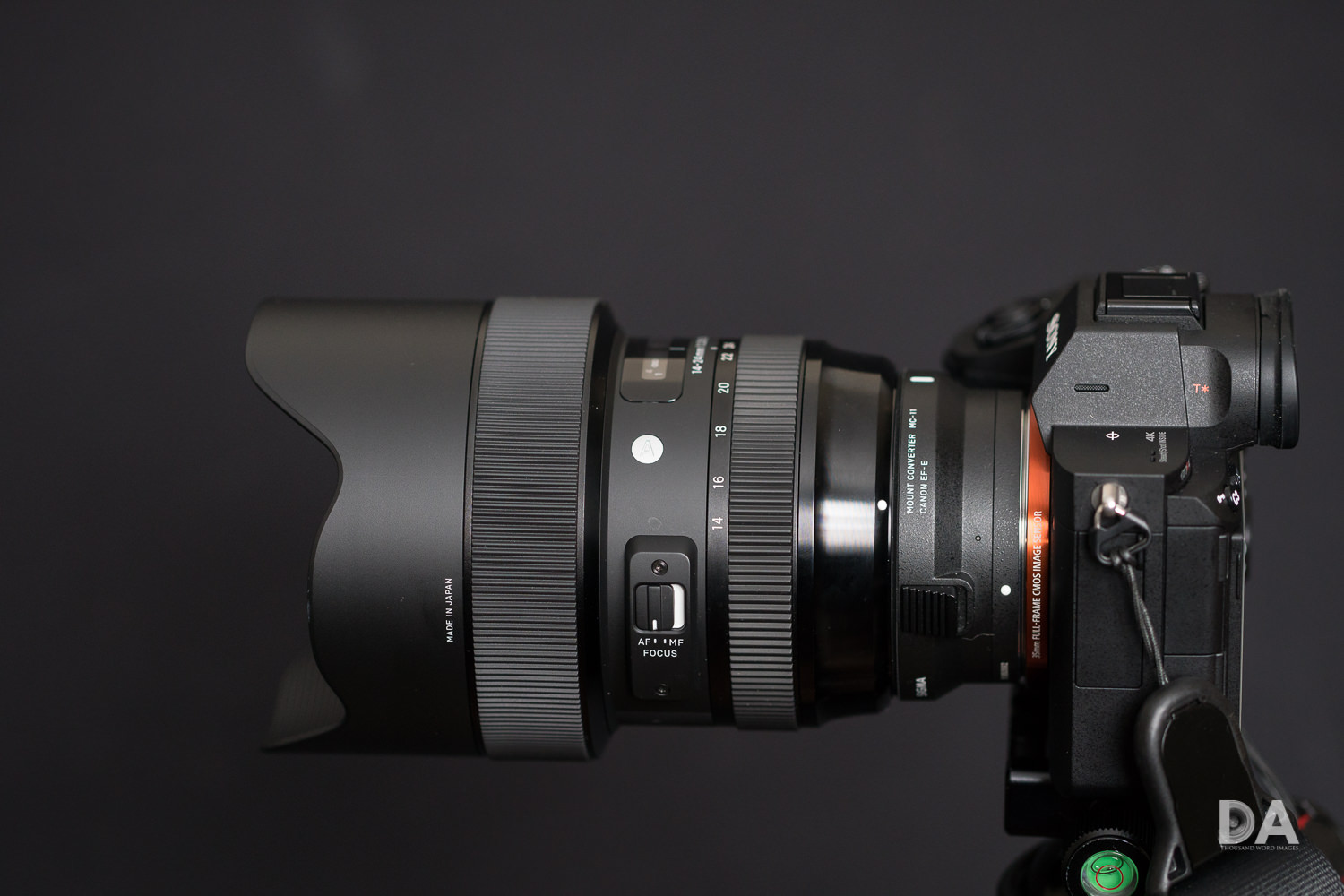
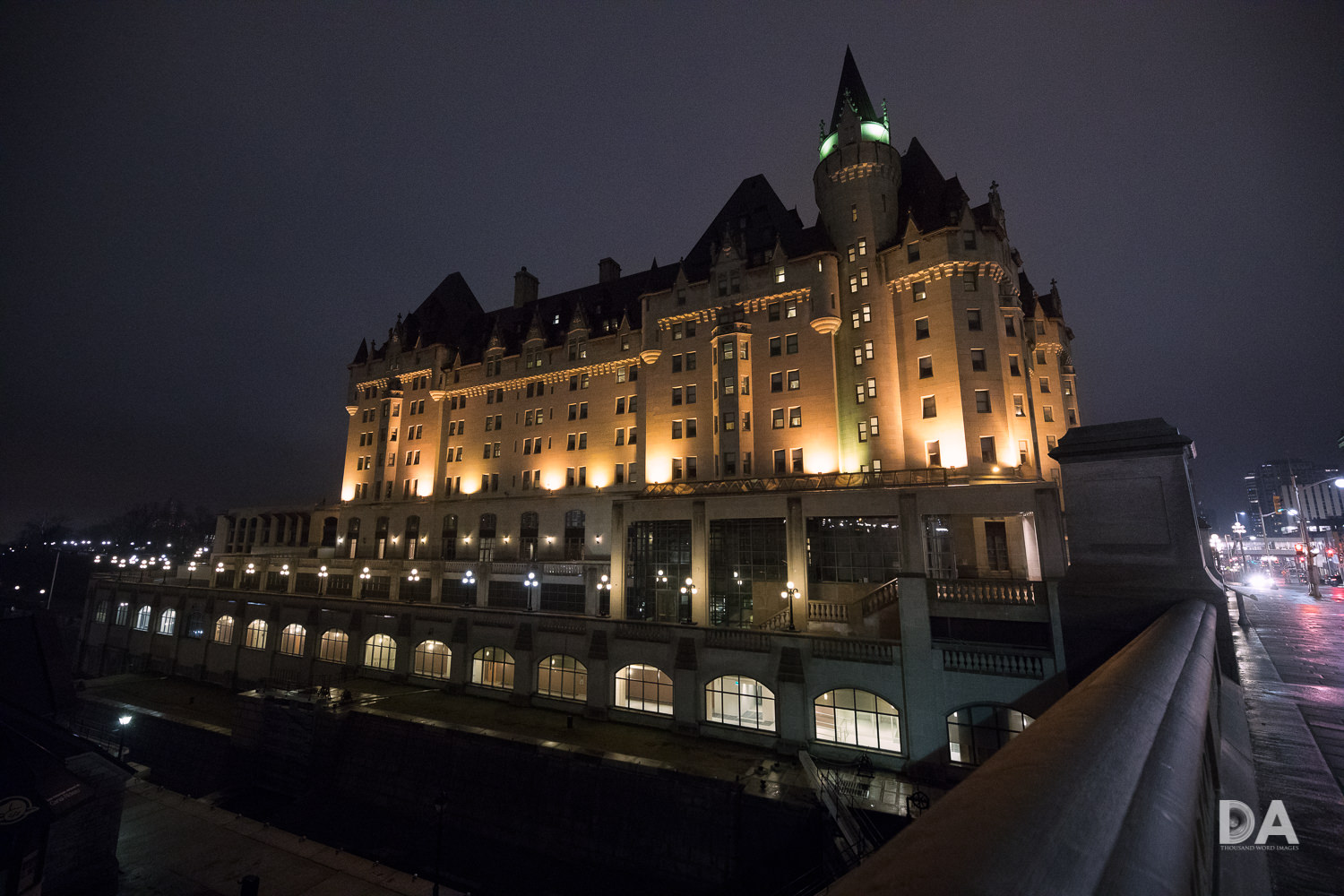


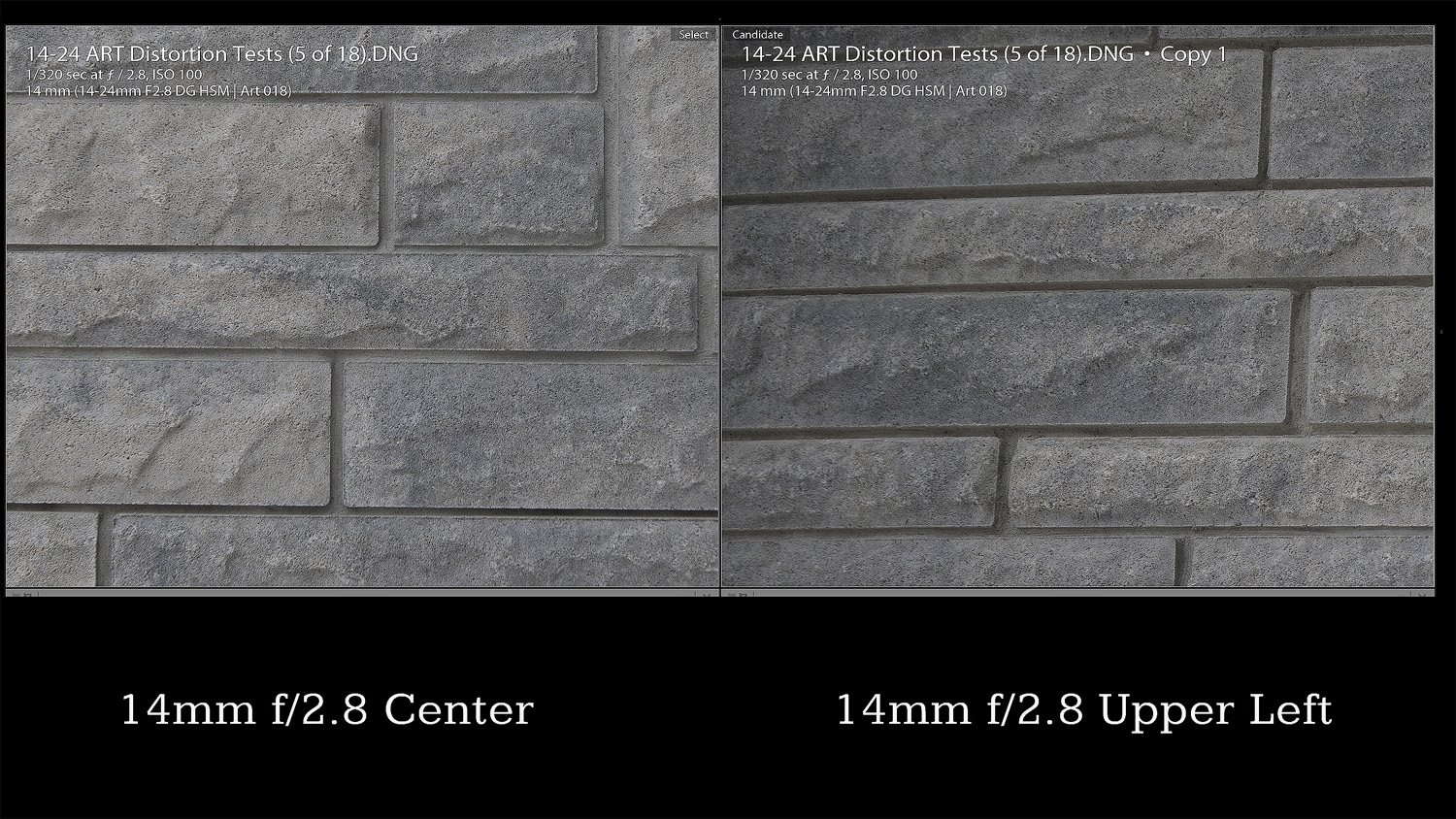

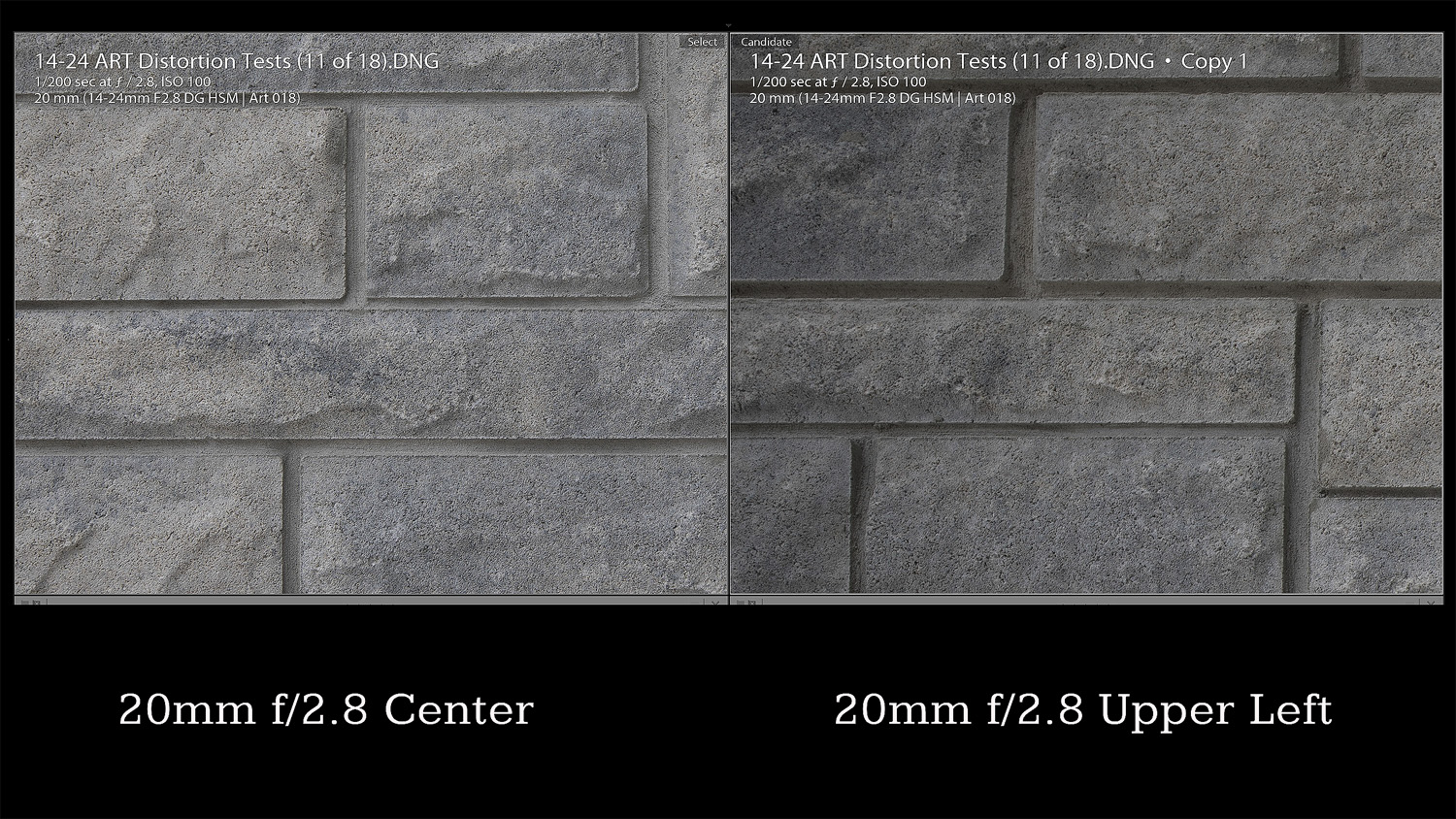
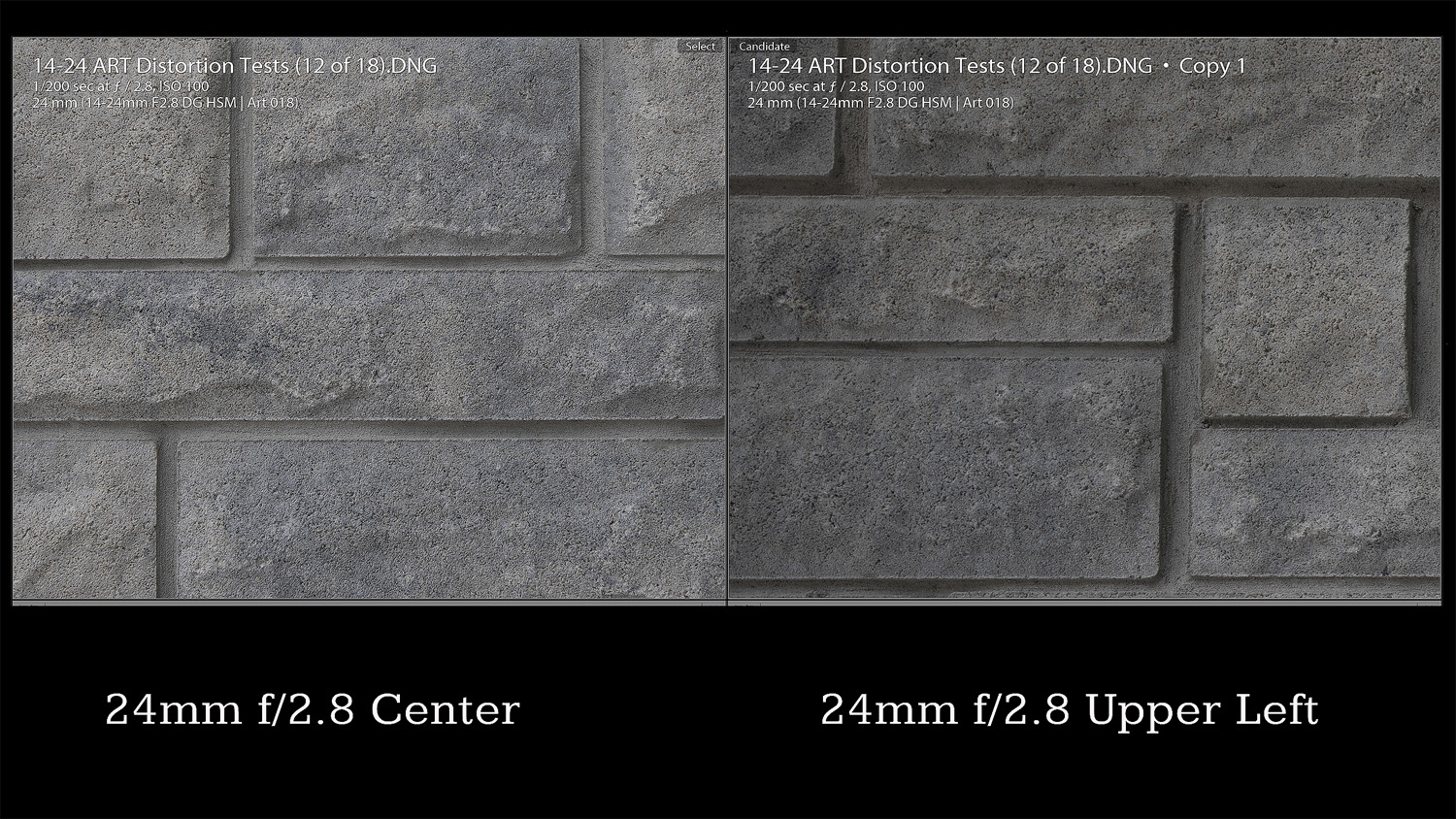

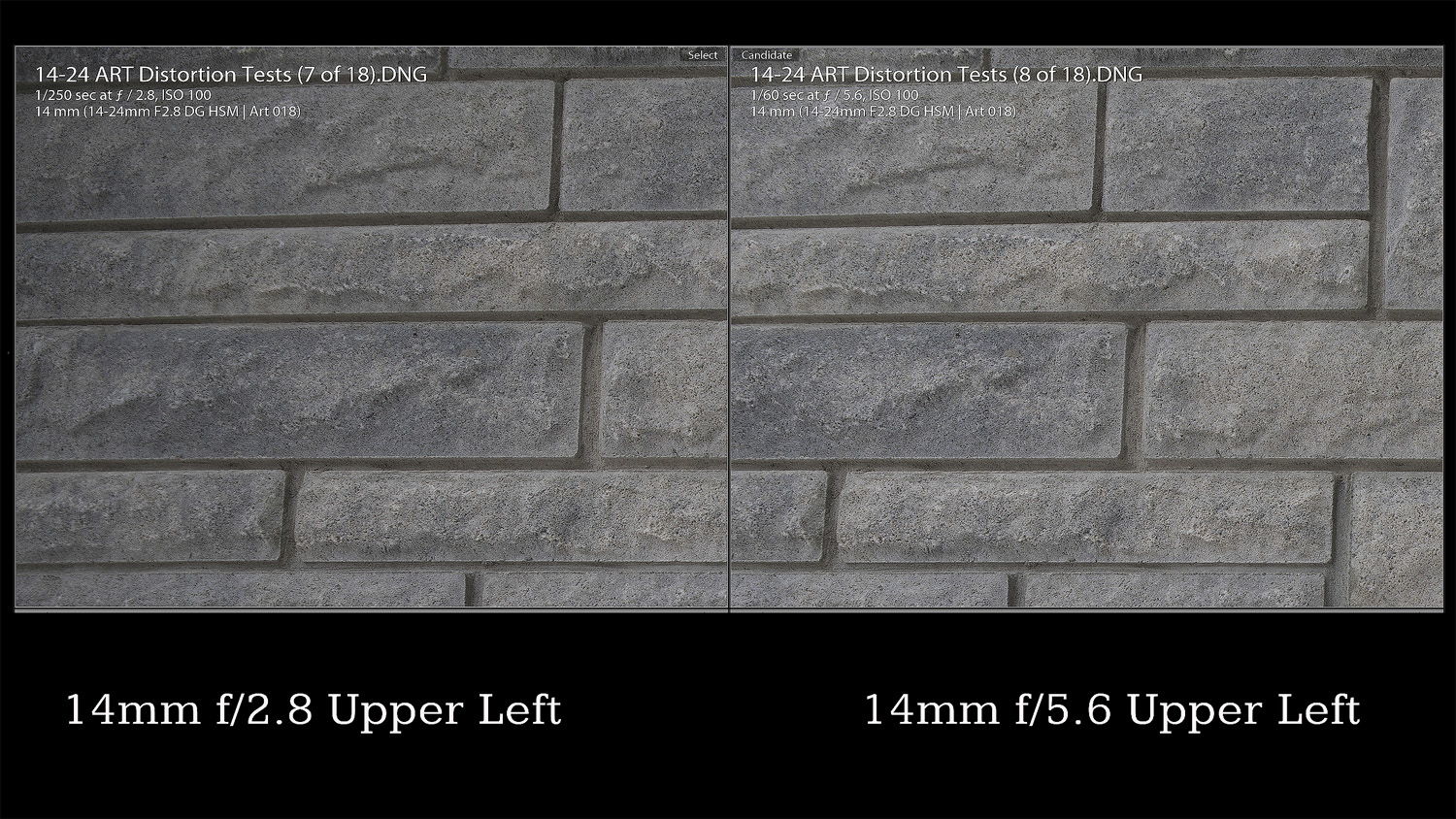

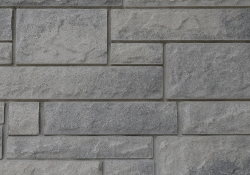

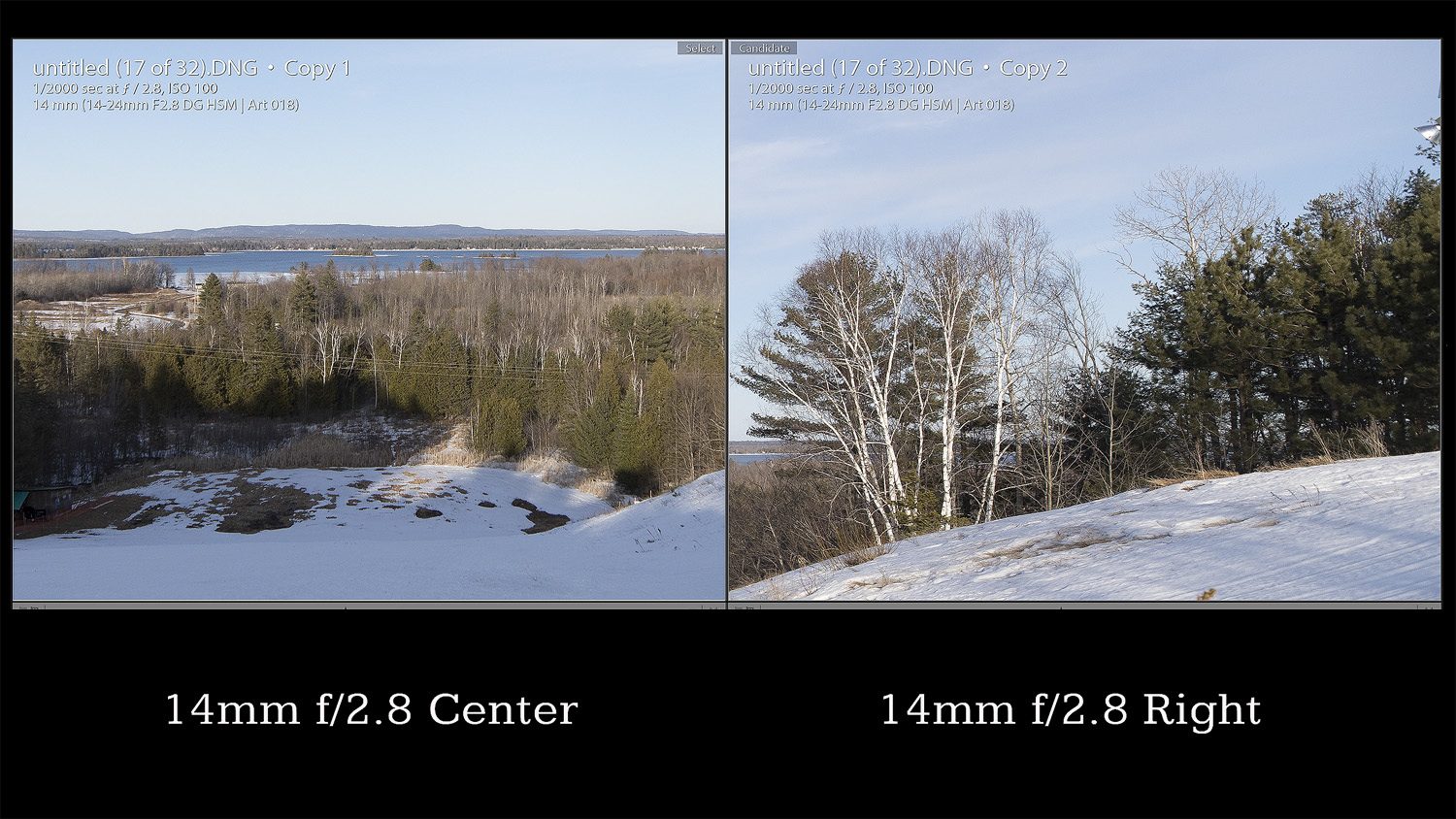

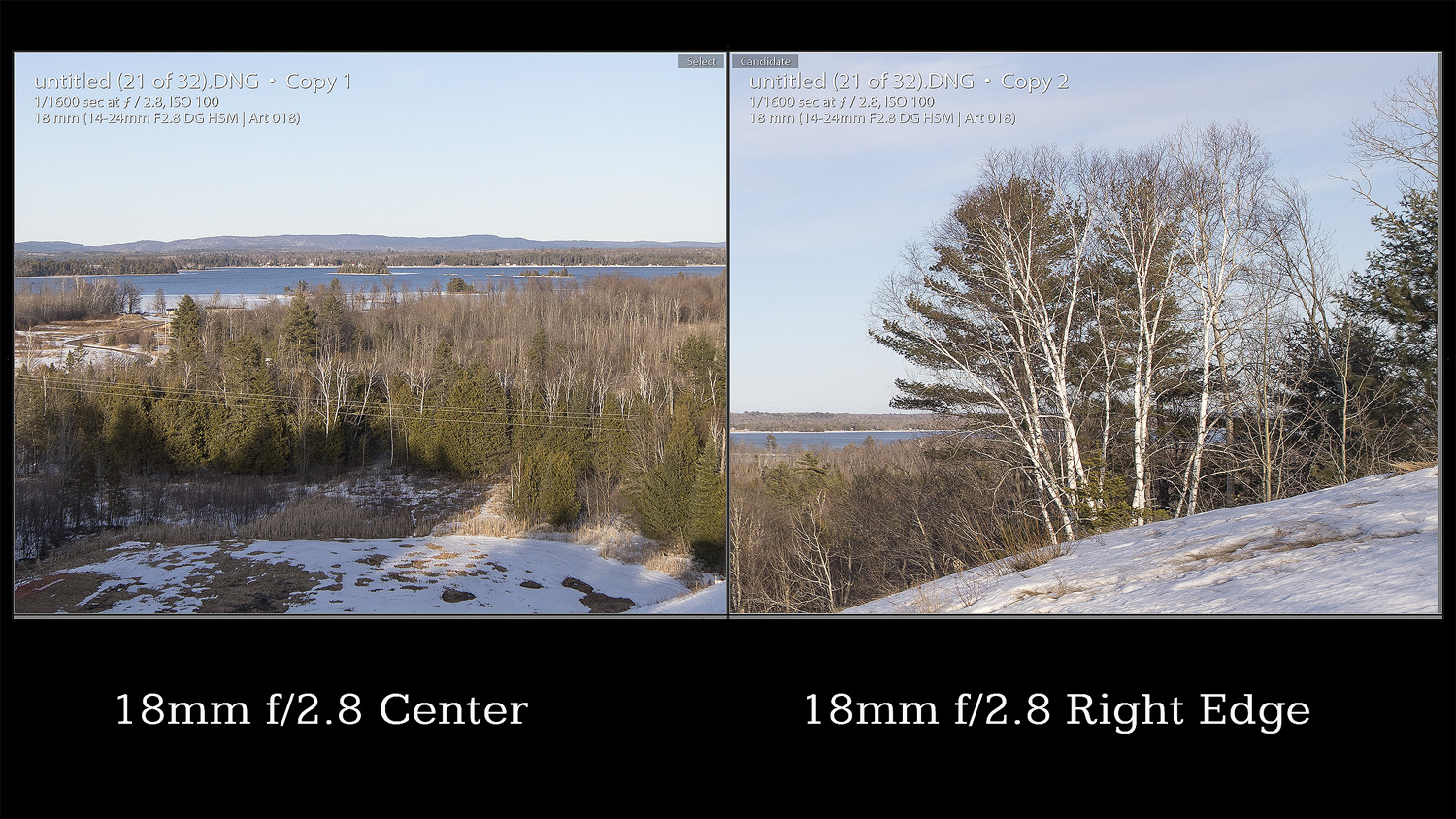
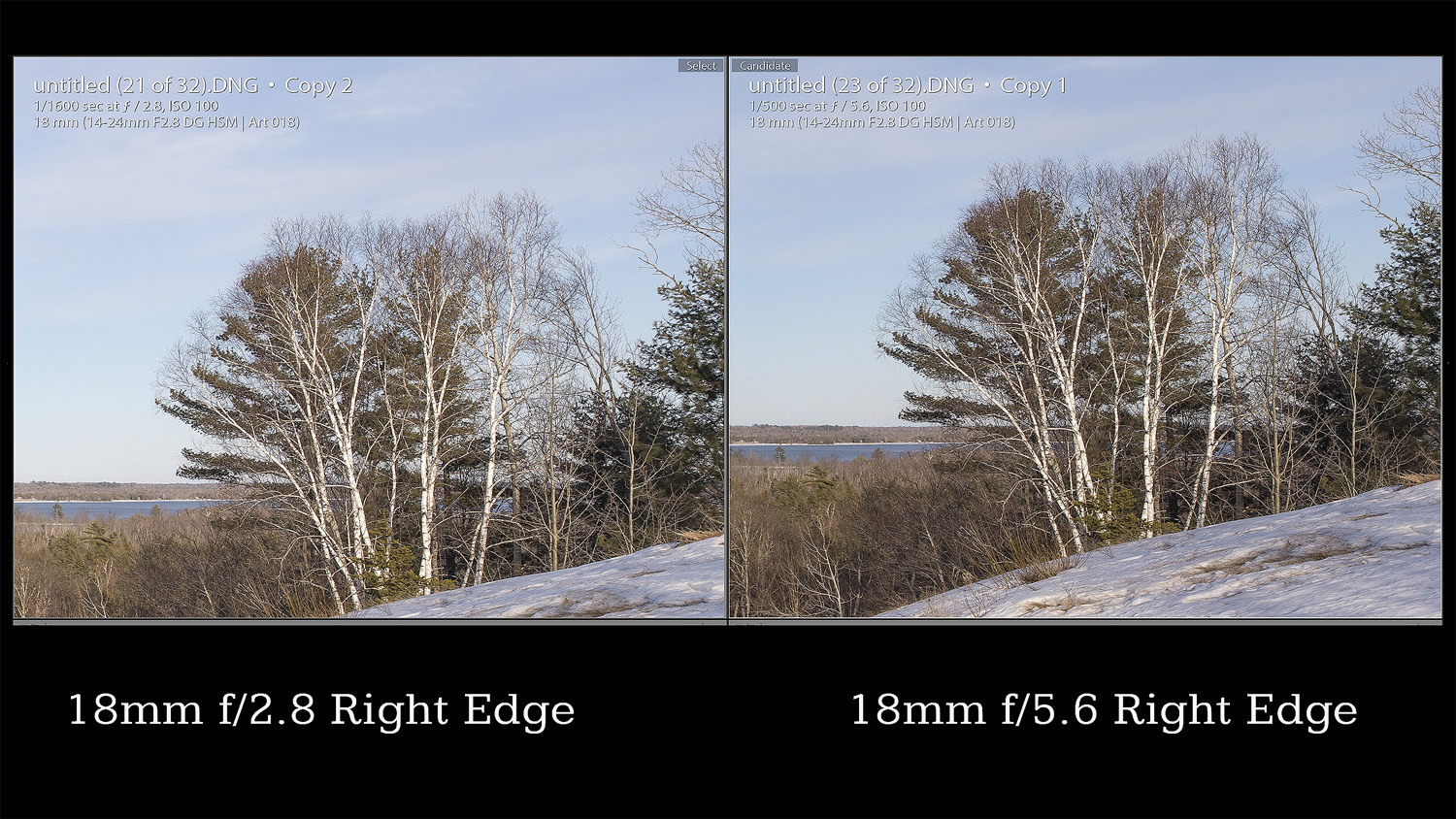
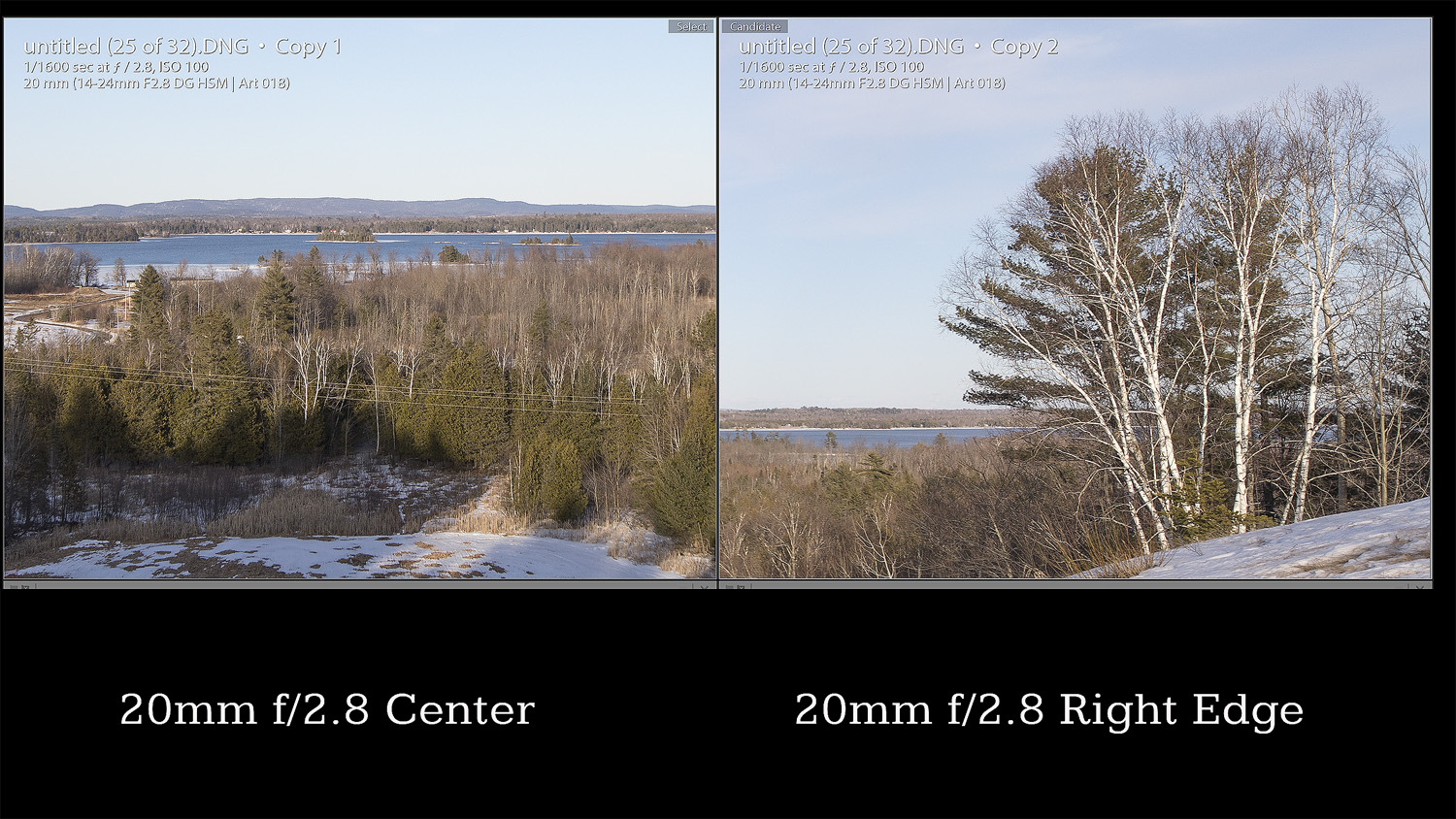
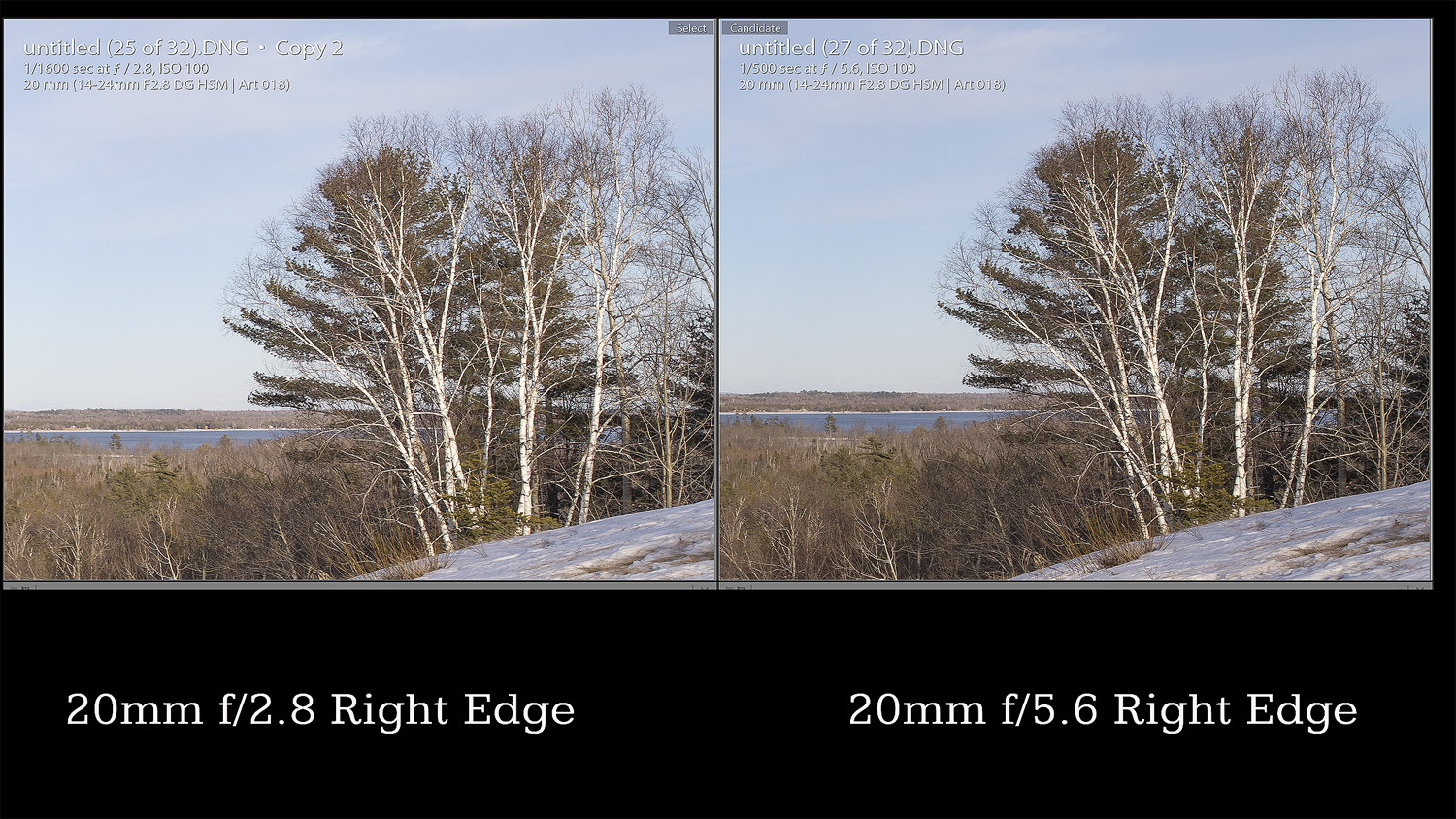

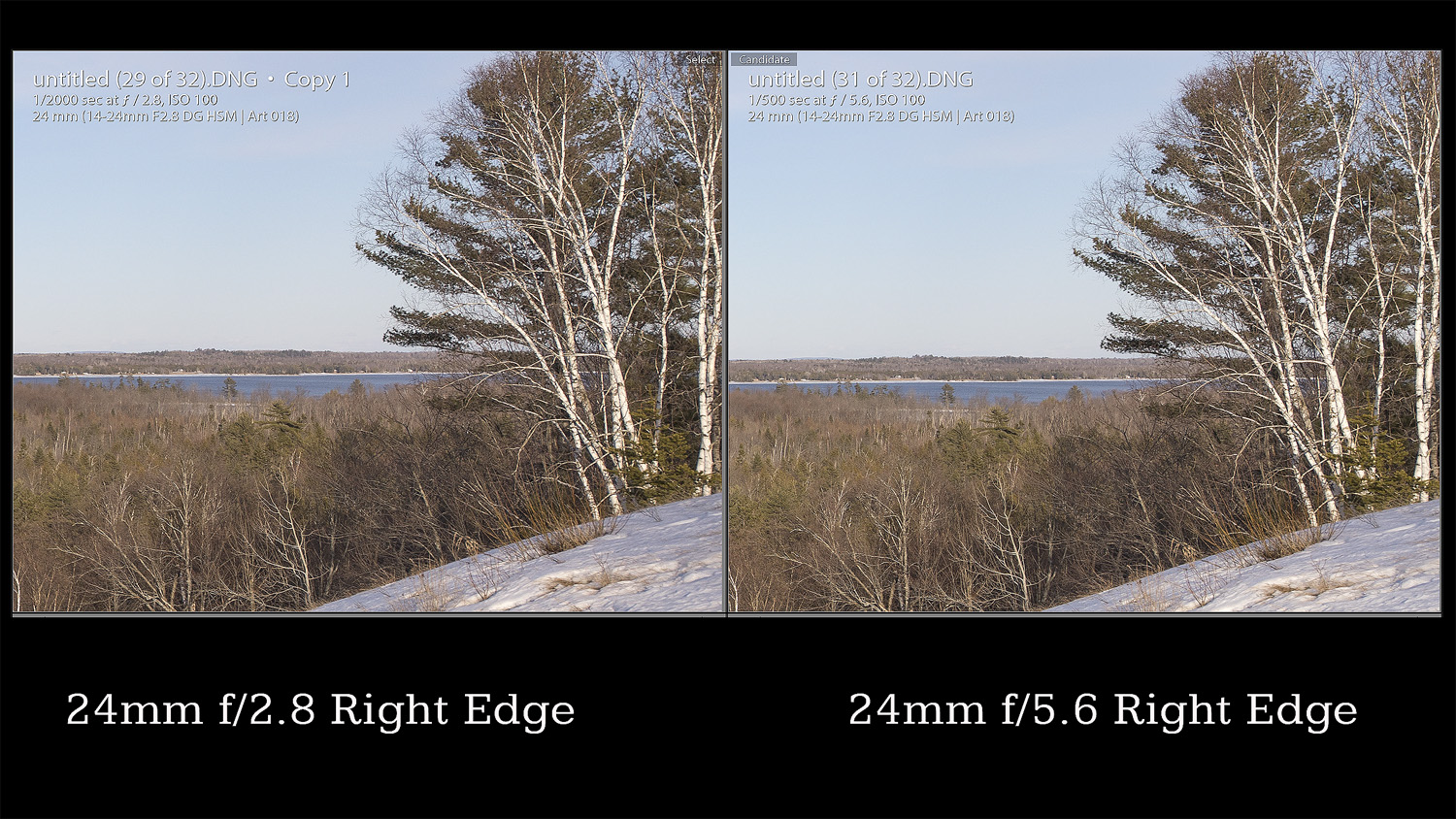



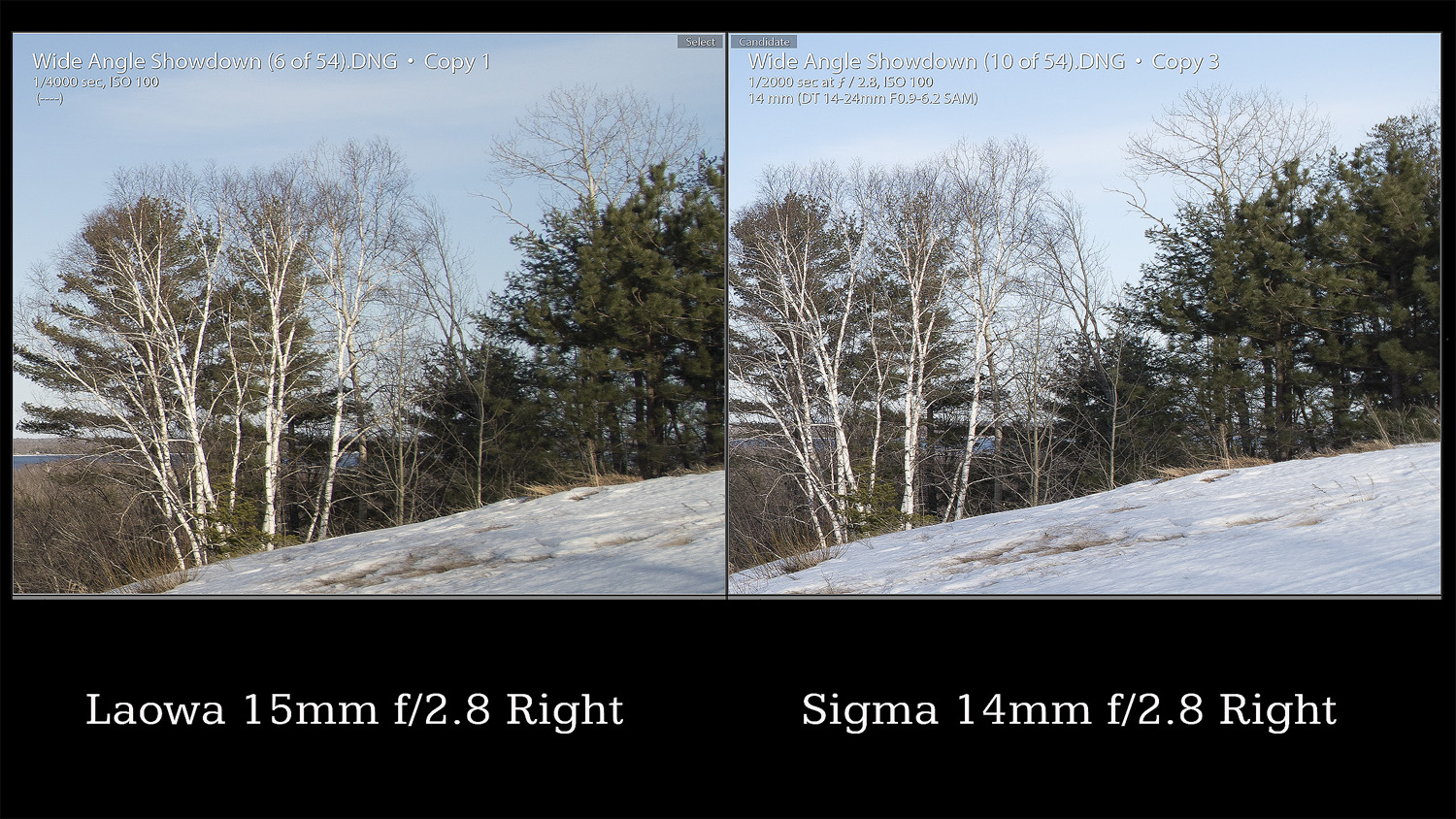
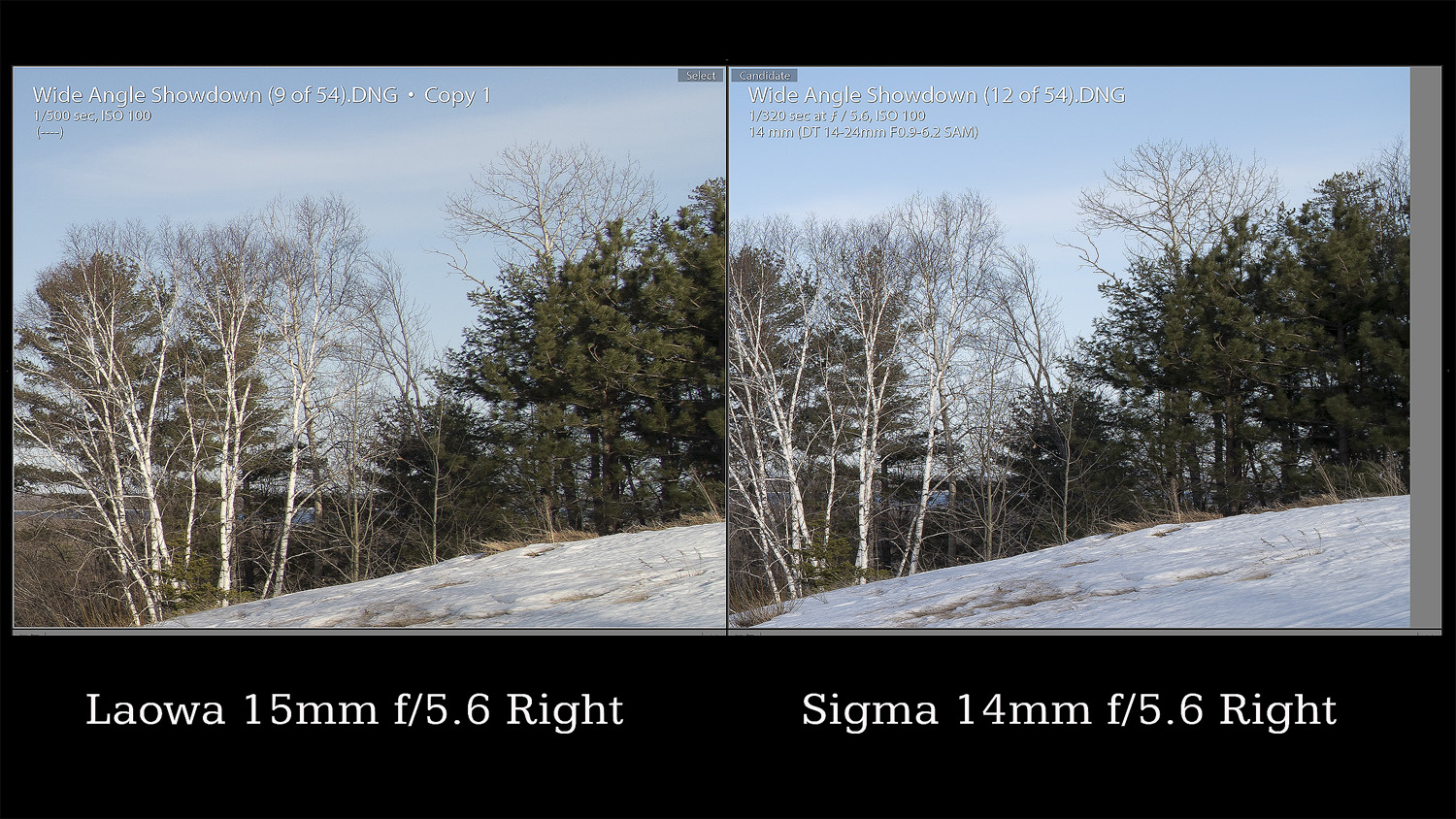

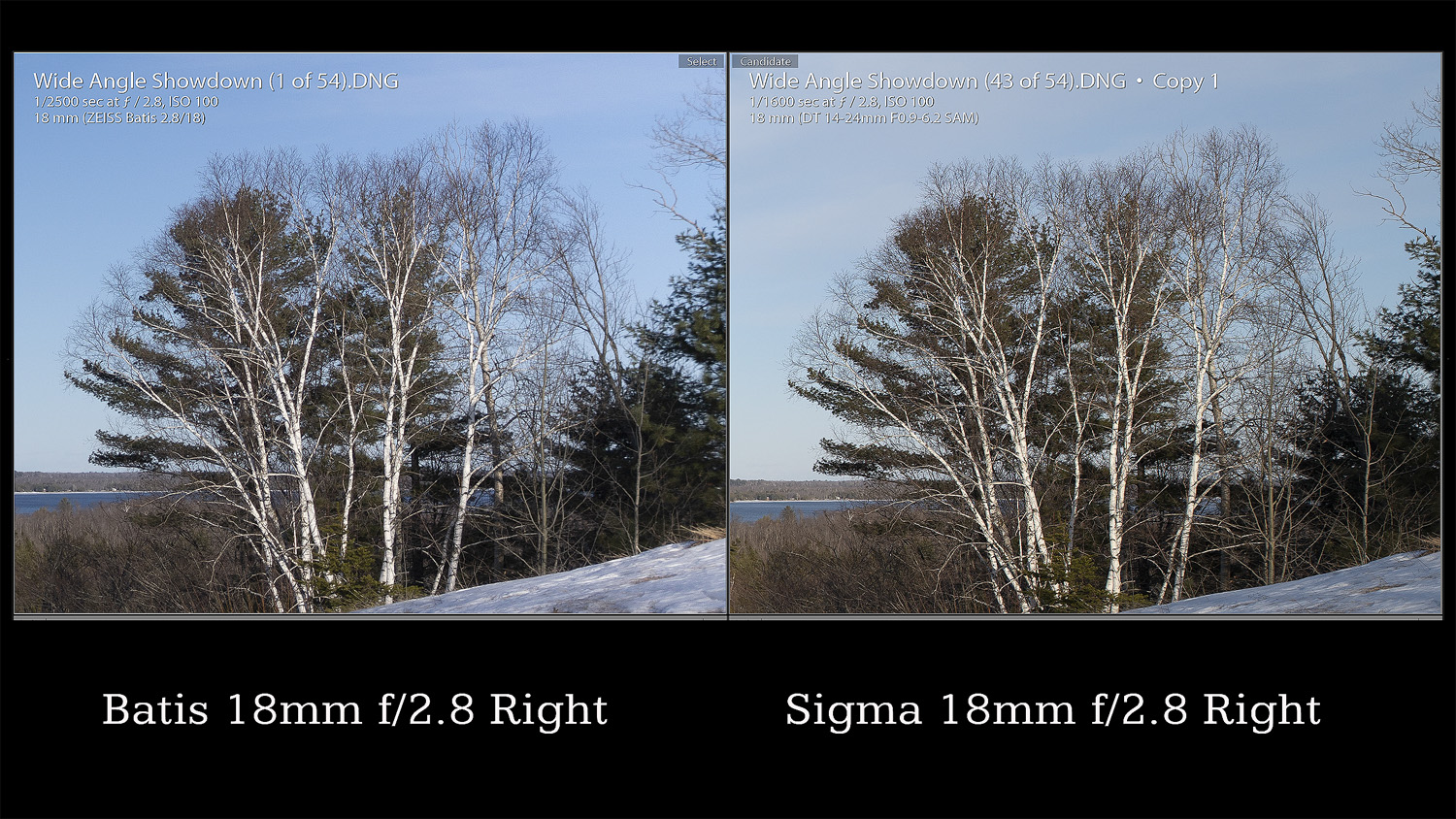
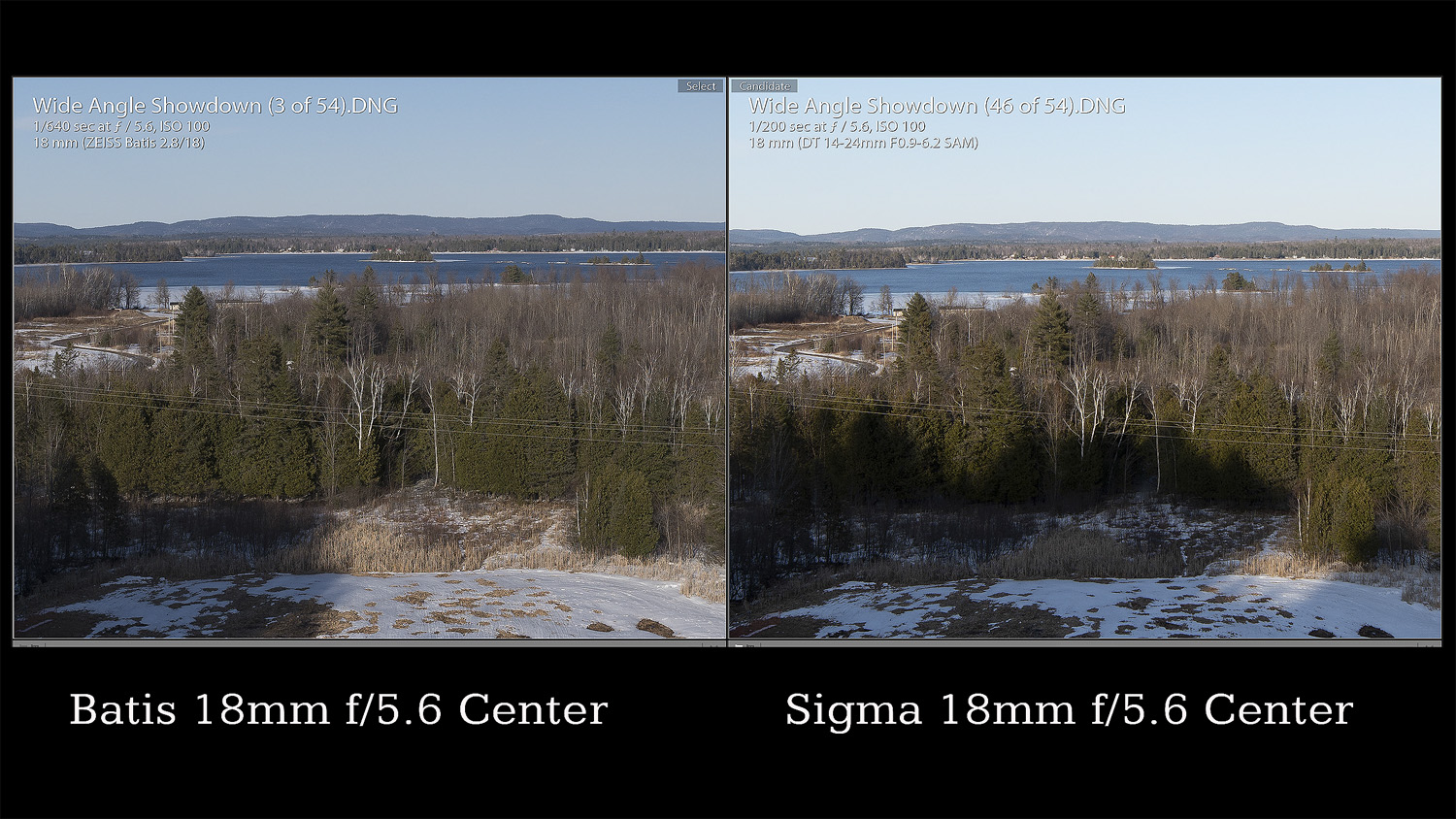


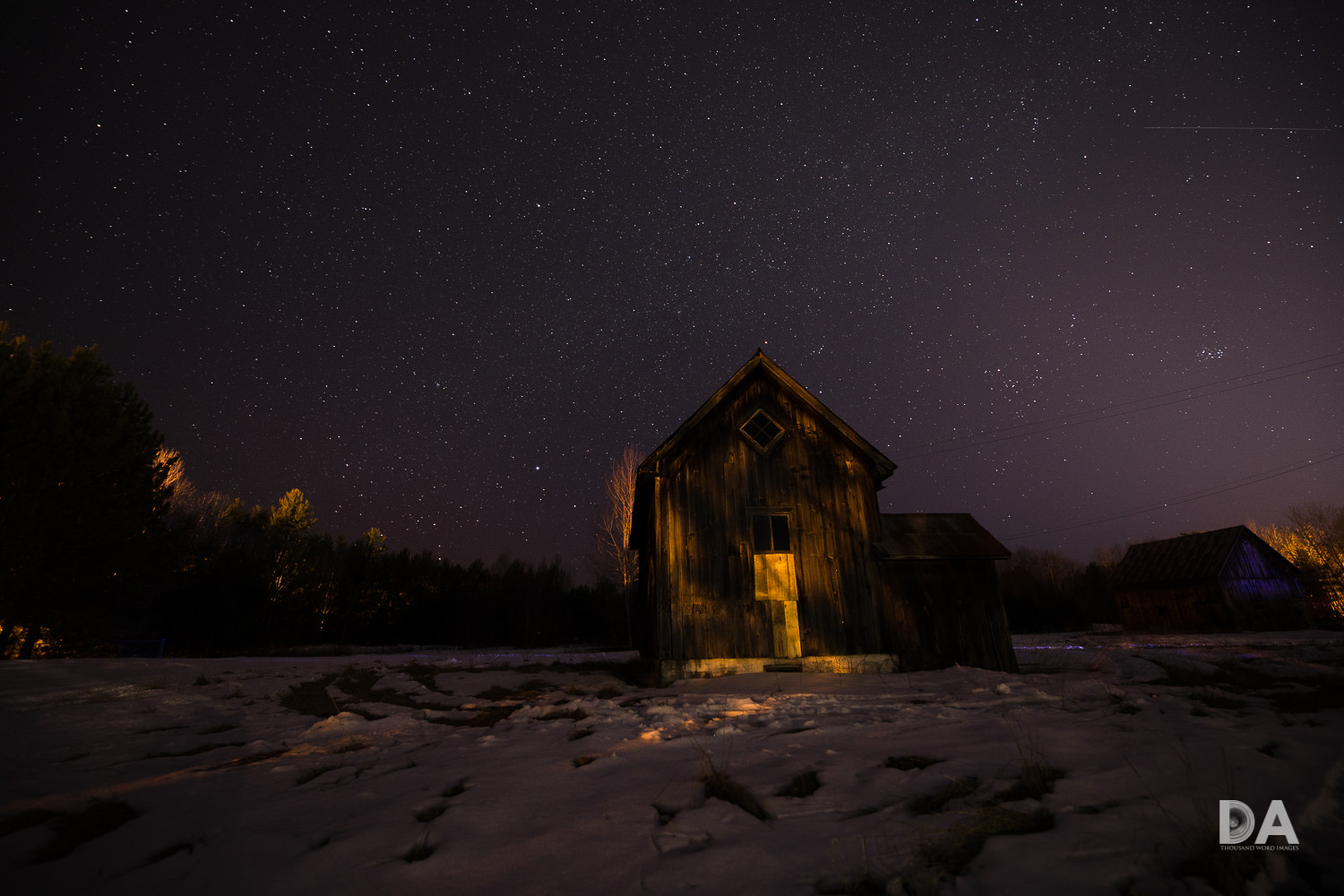
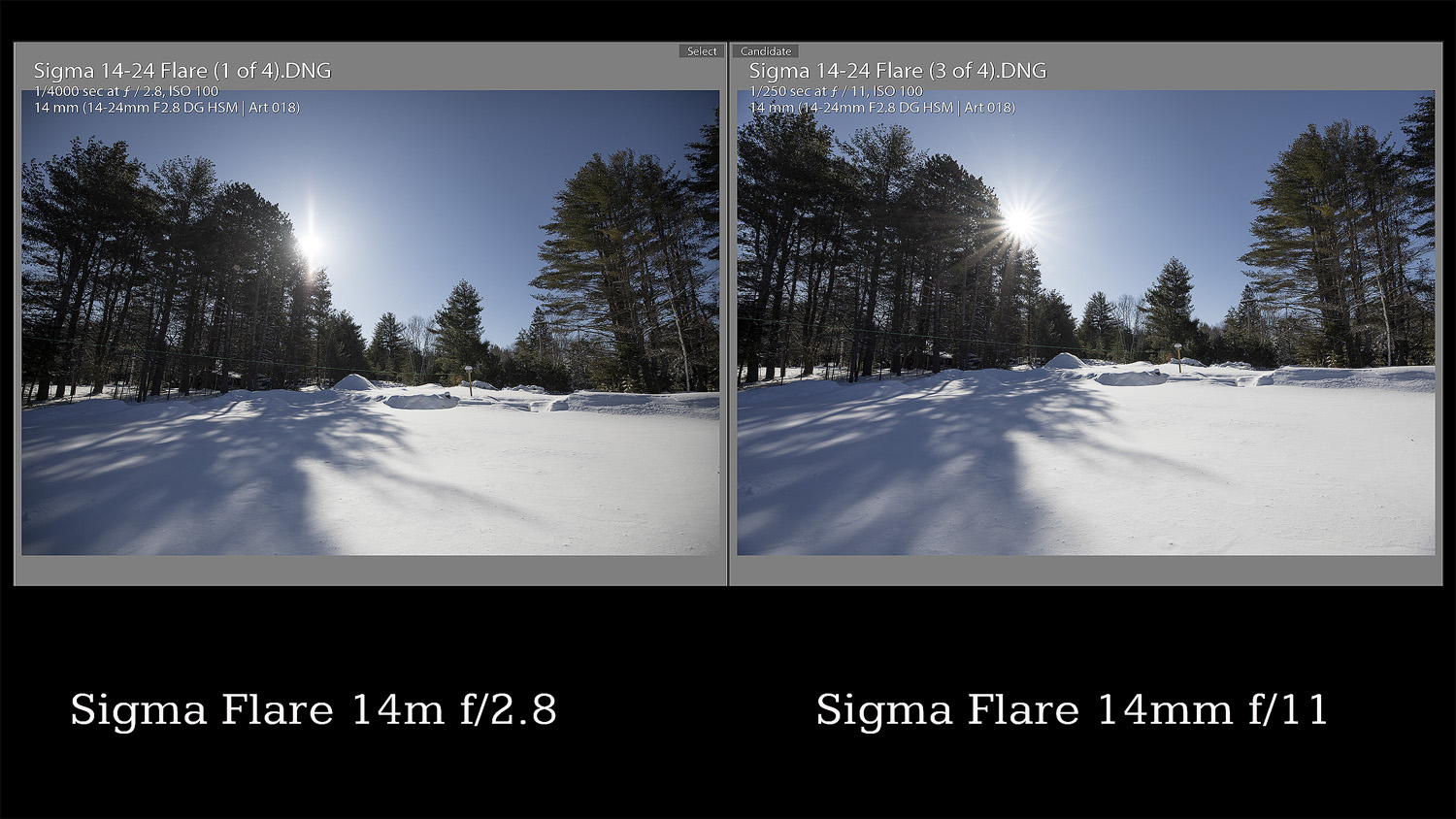









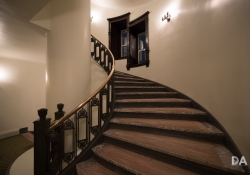







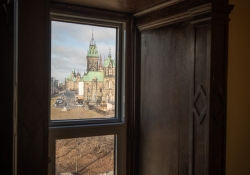










 Sirui Sniper 75mm F1.2 Review
Sirui Sniper 75mm F1.2 Review  Sirui Sniper 75mm F1.2 Gallery
Sirui Sniper 75mm F1.2 Gallery  Tamron 70-300mm F4.5-6.3 RXD Z-mount Review
Tamron 70-300mm F4.5-6.3 RXD Z-mount Review  Nikkor Z 40mm F2 Review
Nikkor Z 40mm F2 Review 






3 thoughts on “Sigma 14-24mm f/2.8 ART Review”